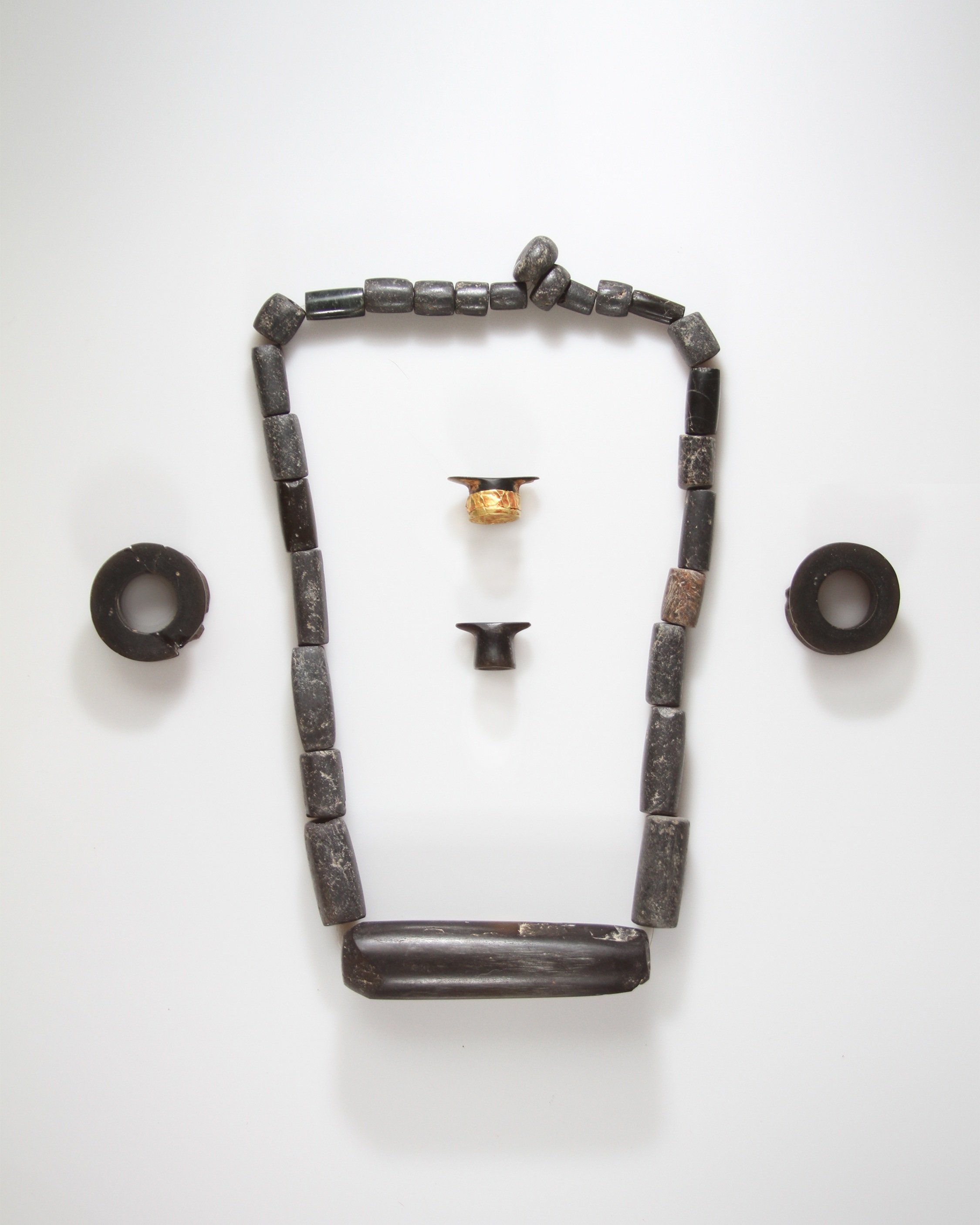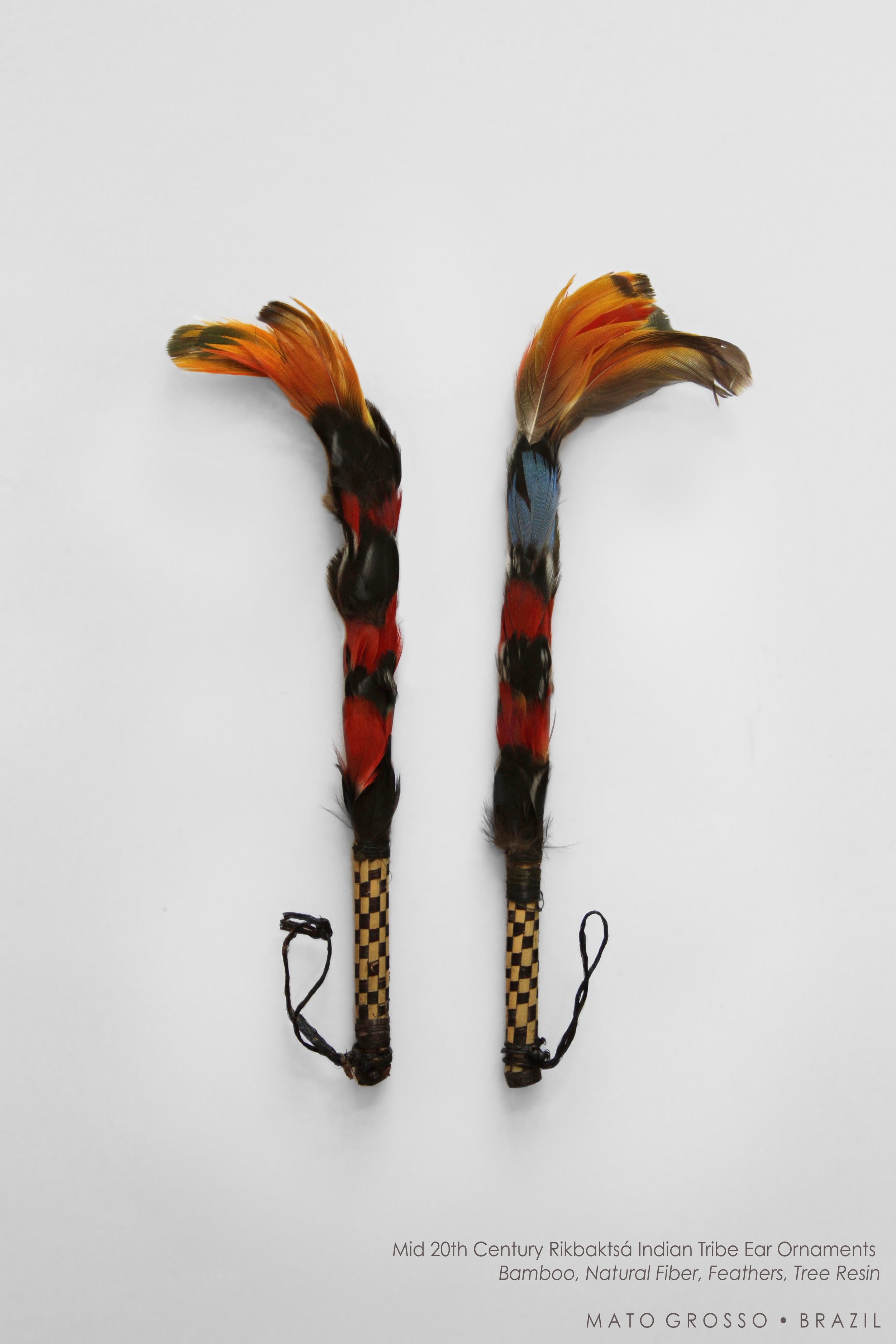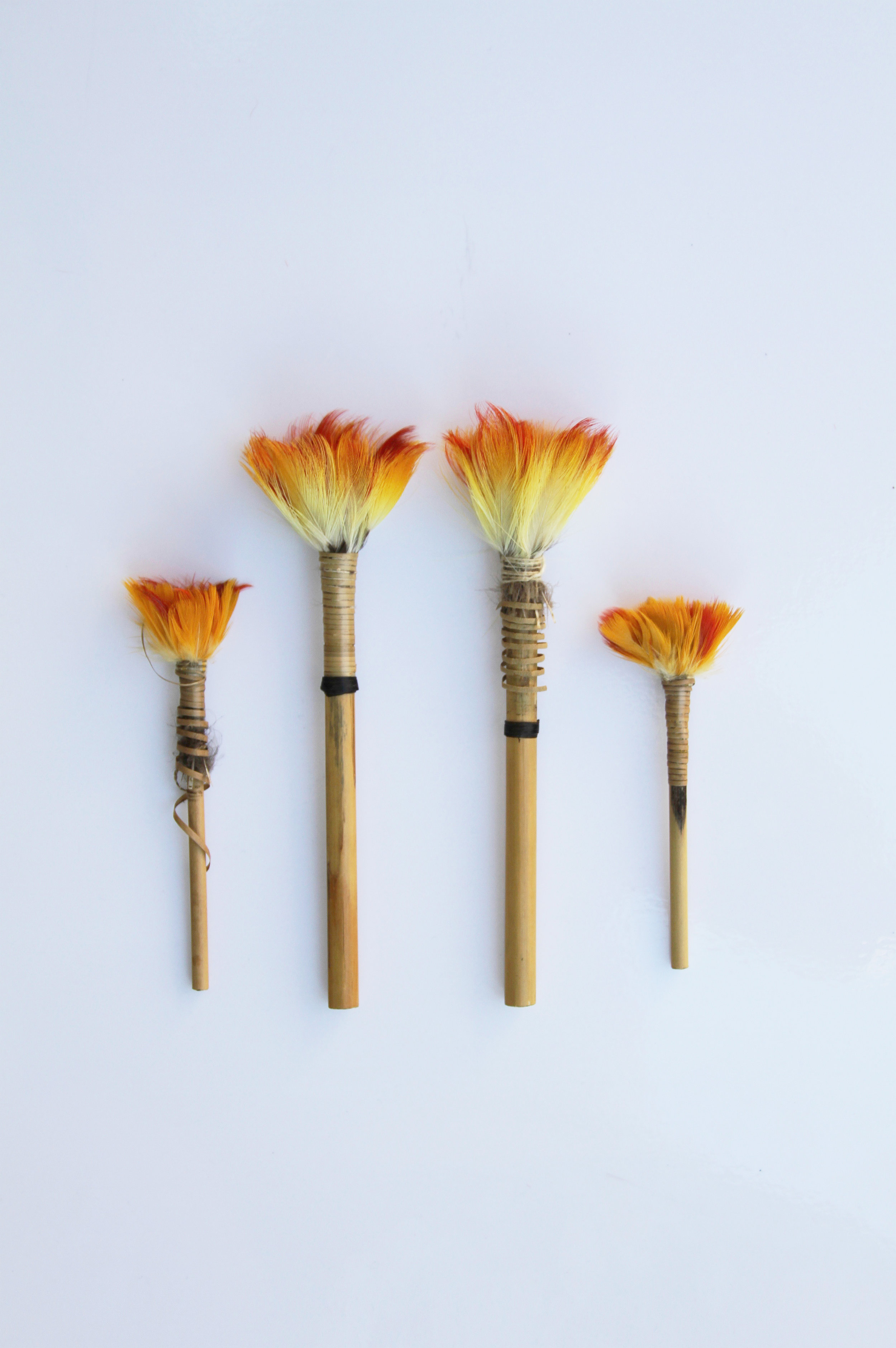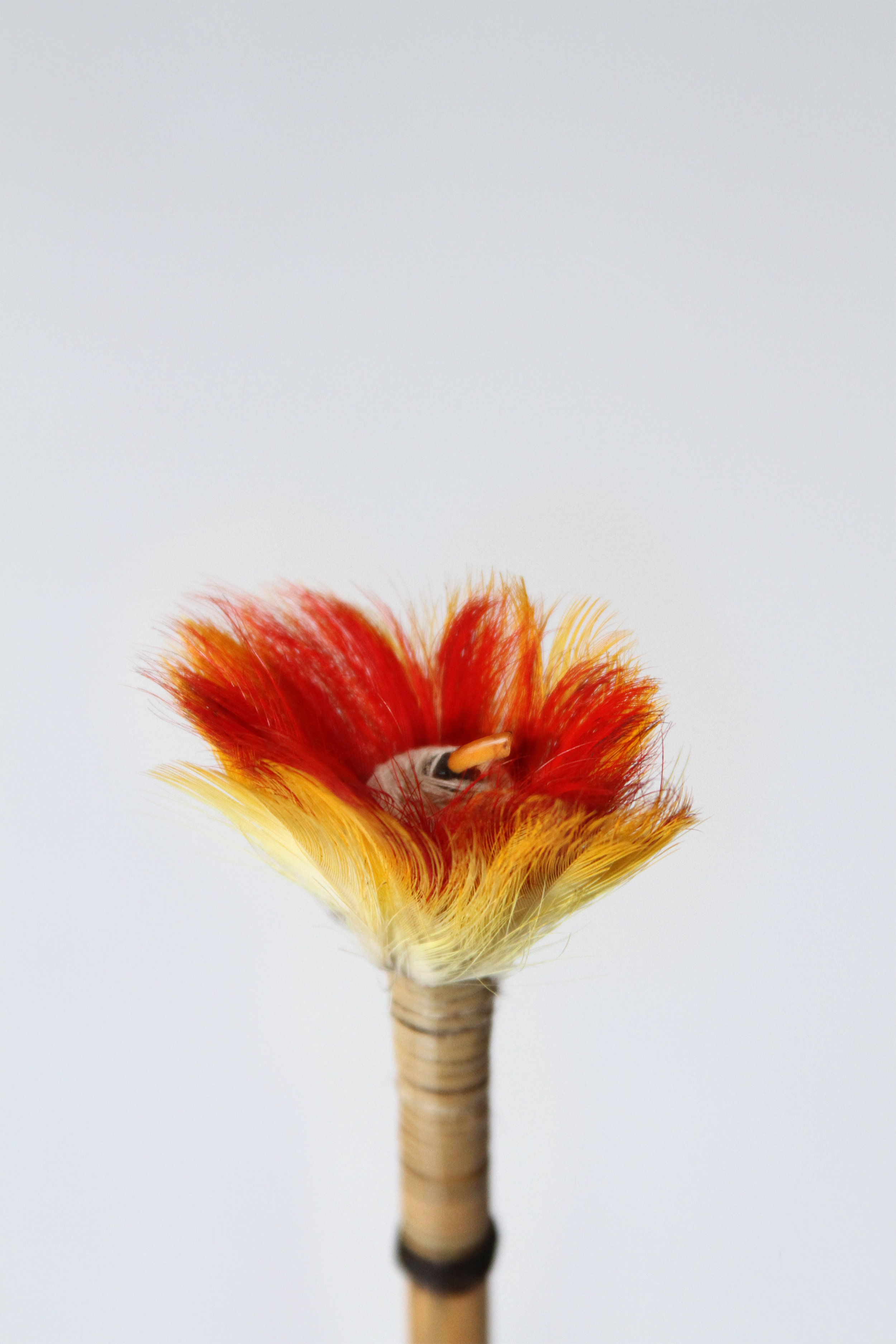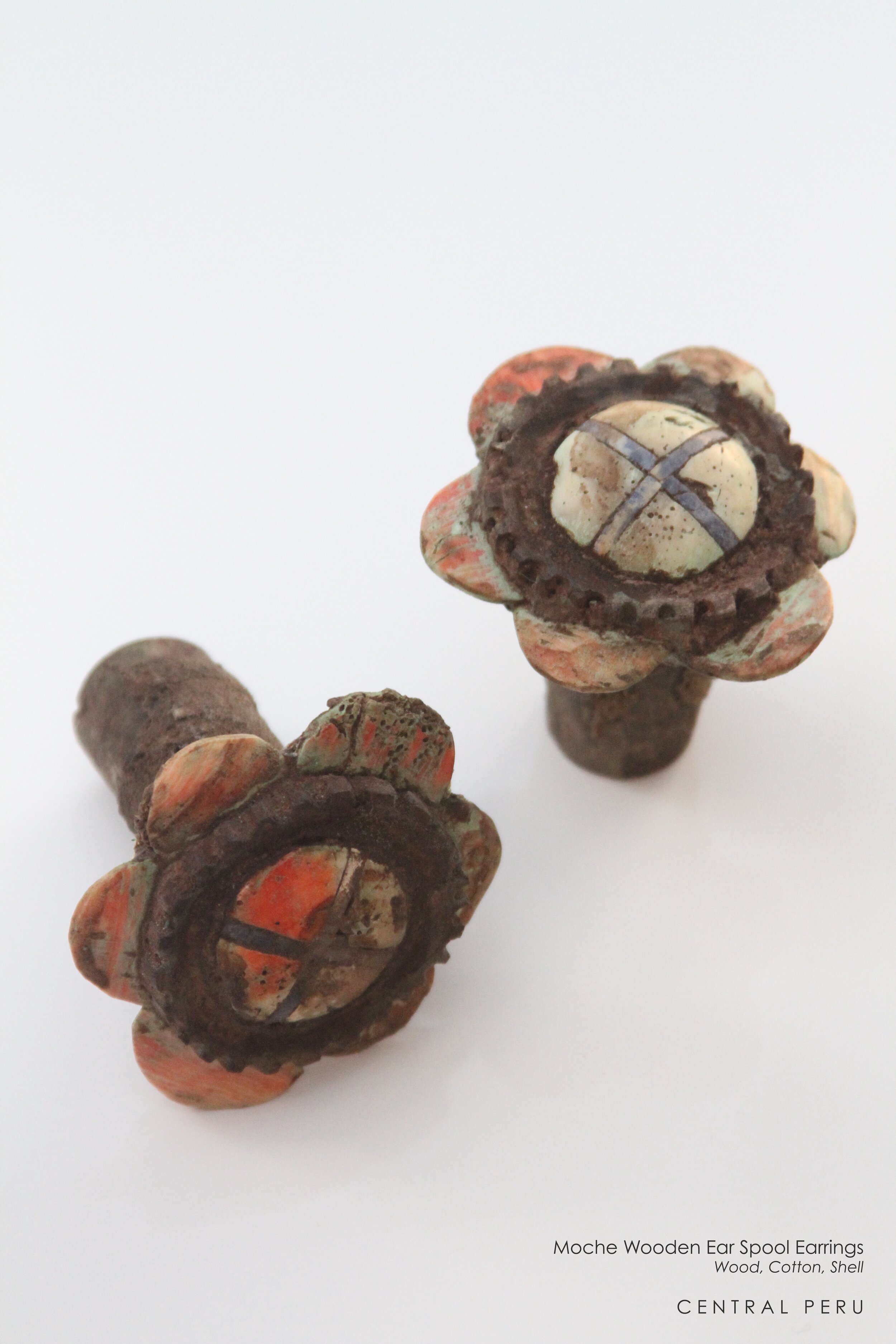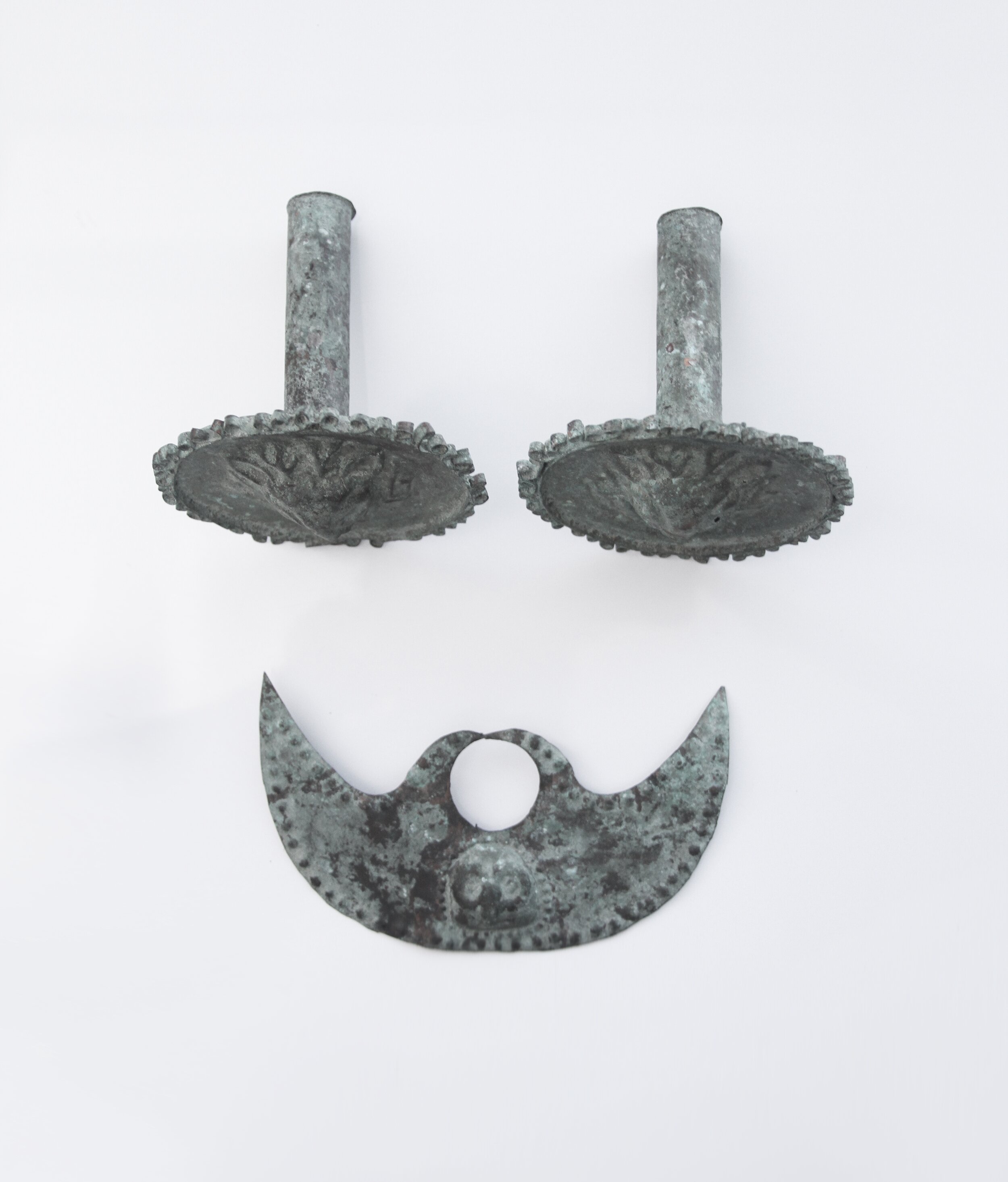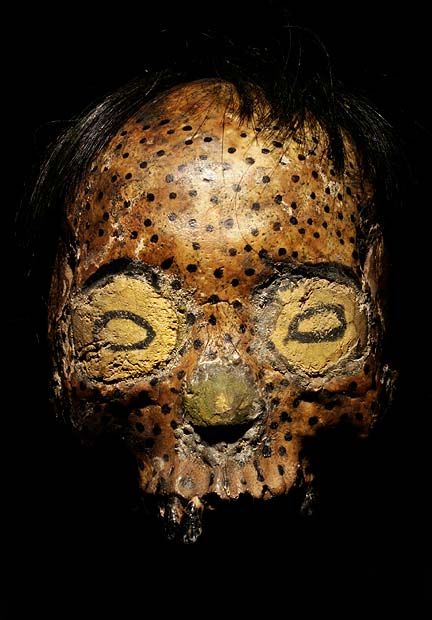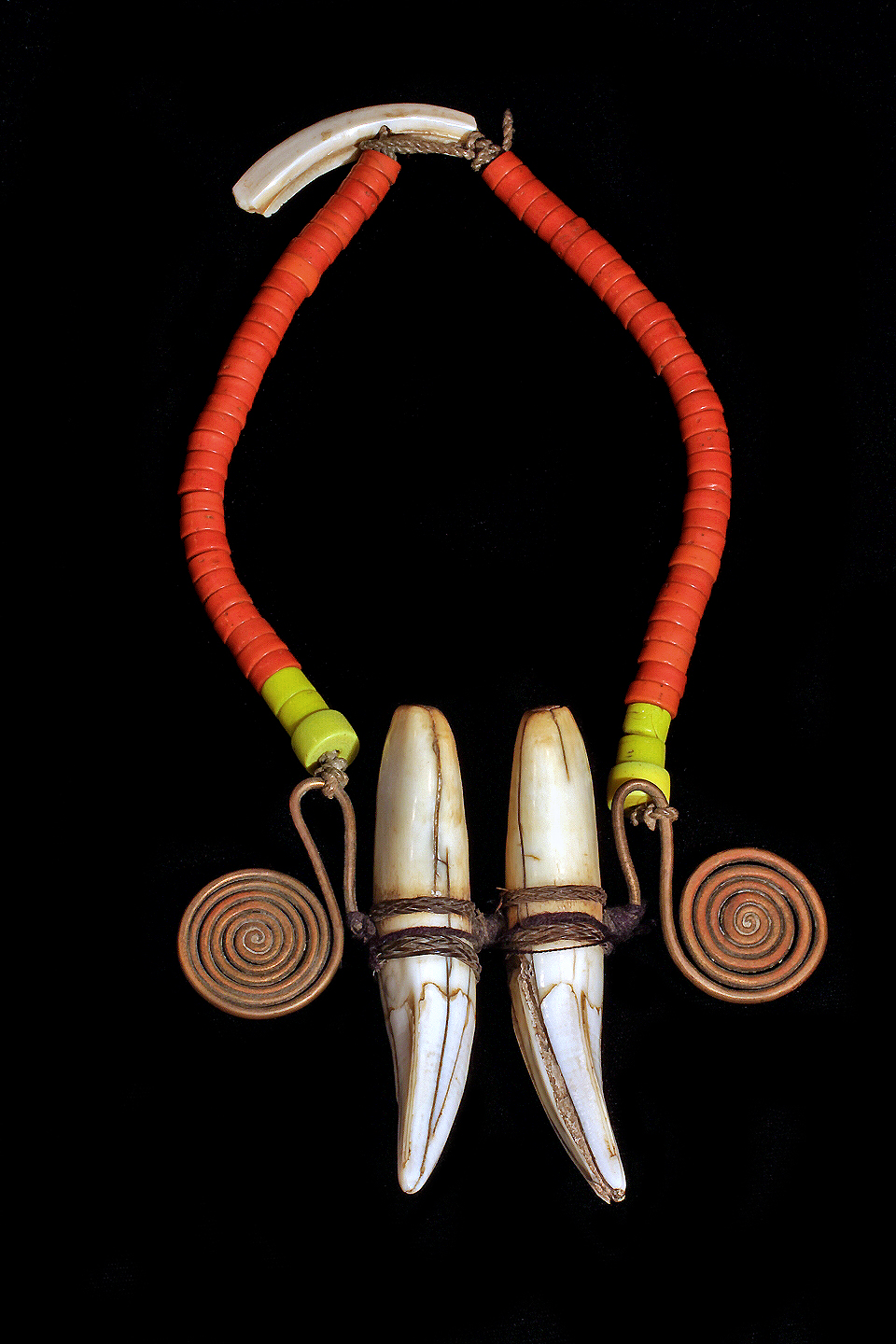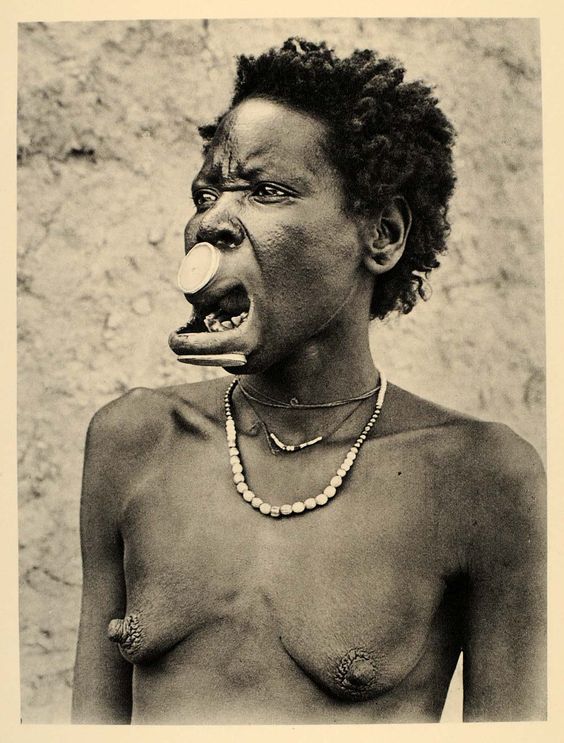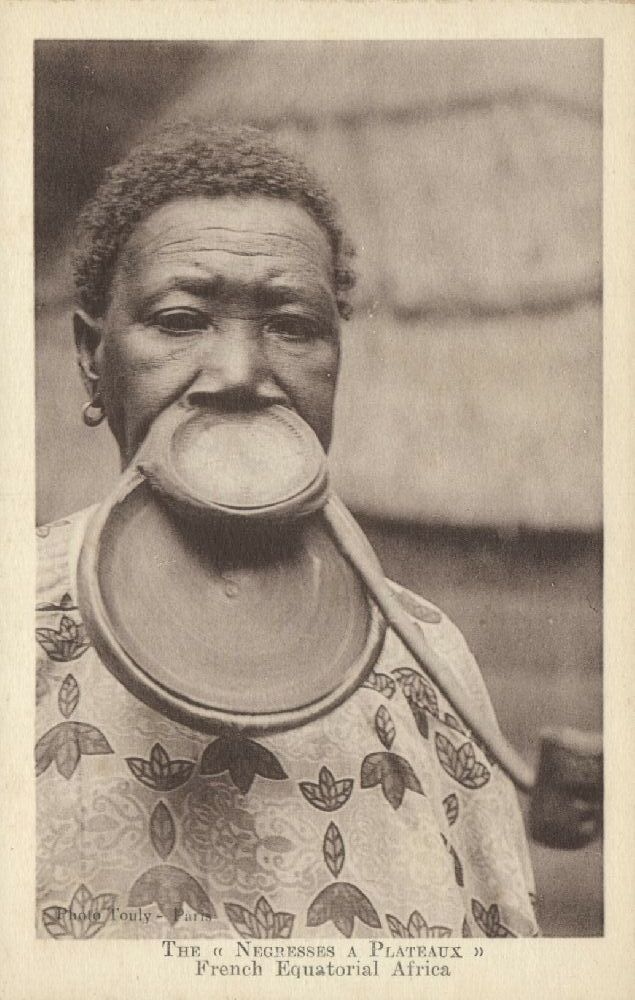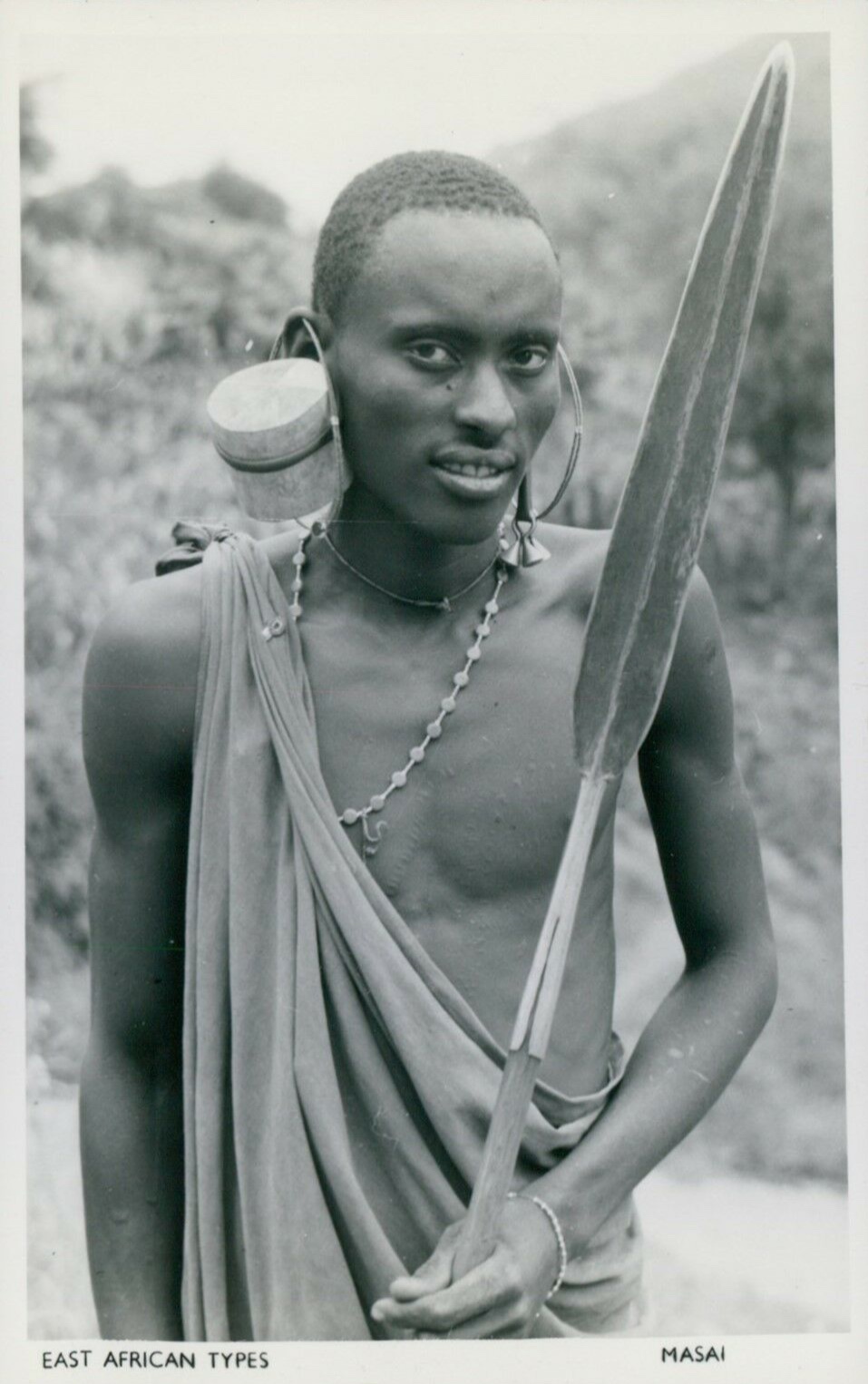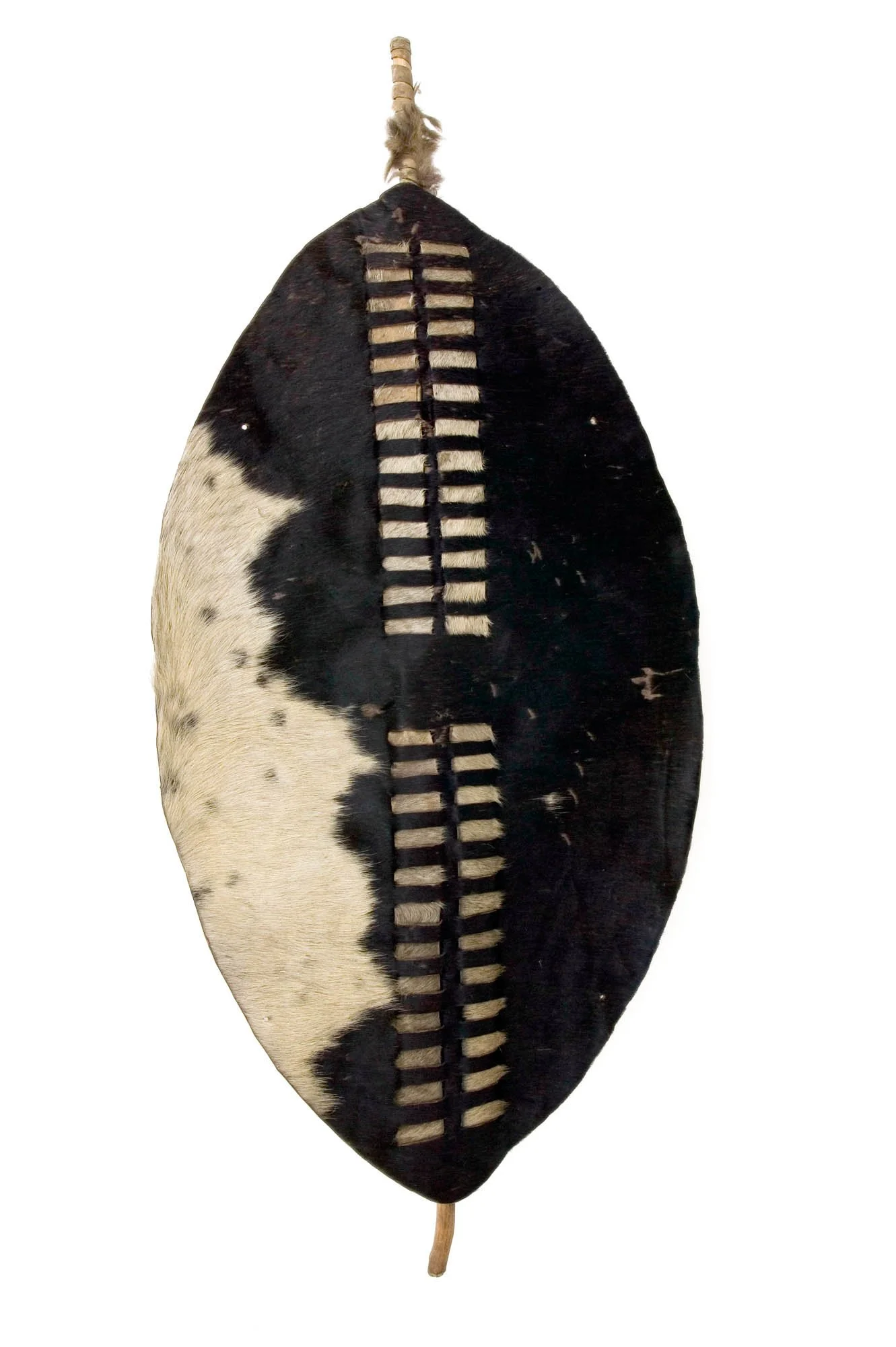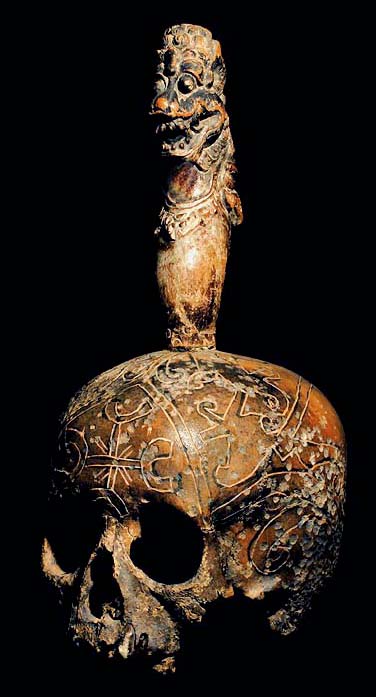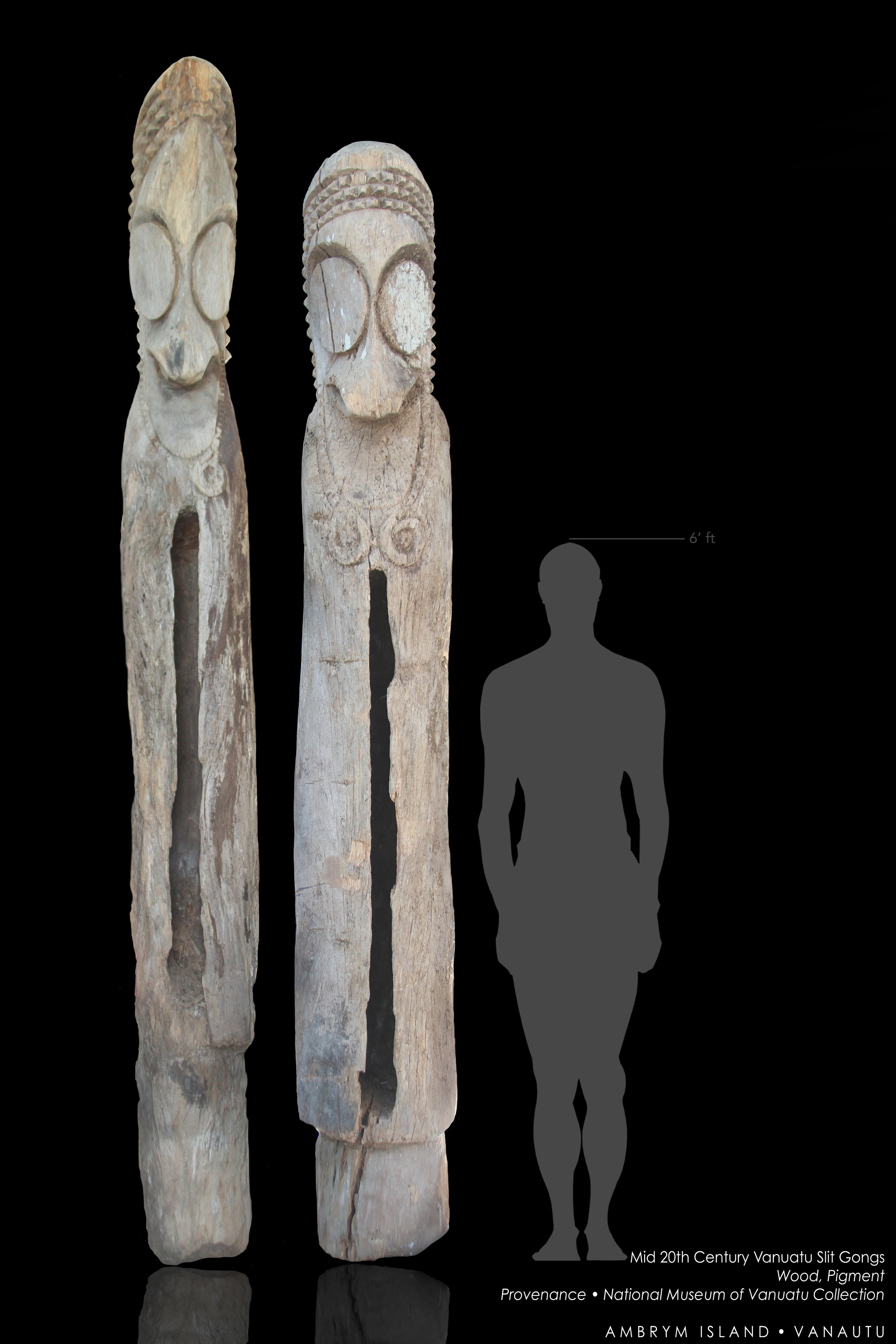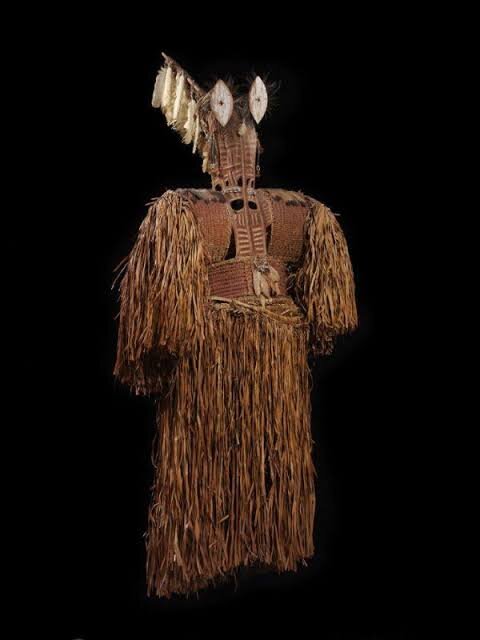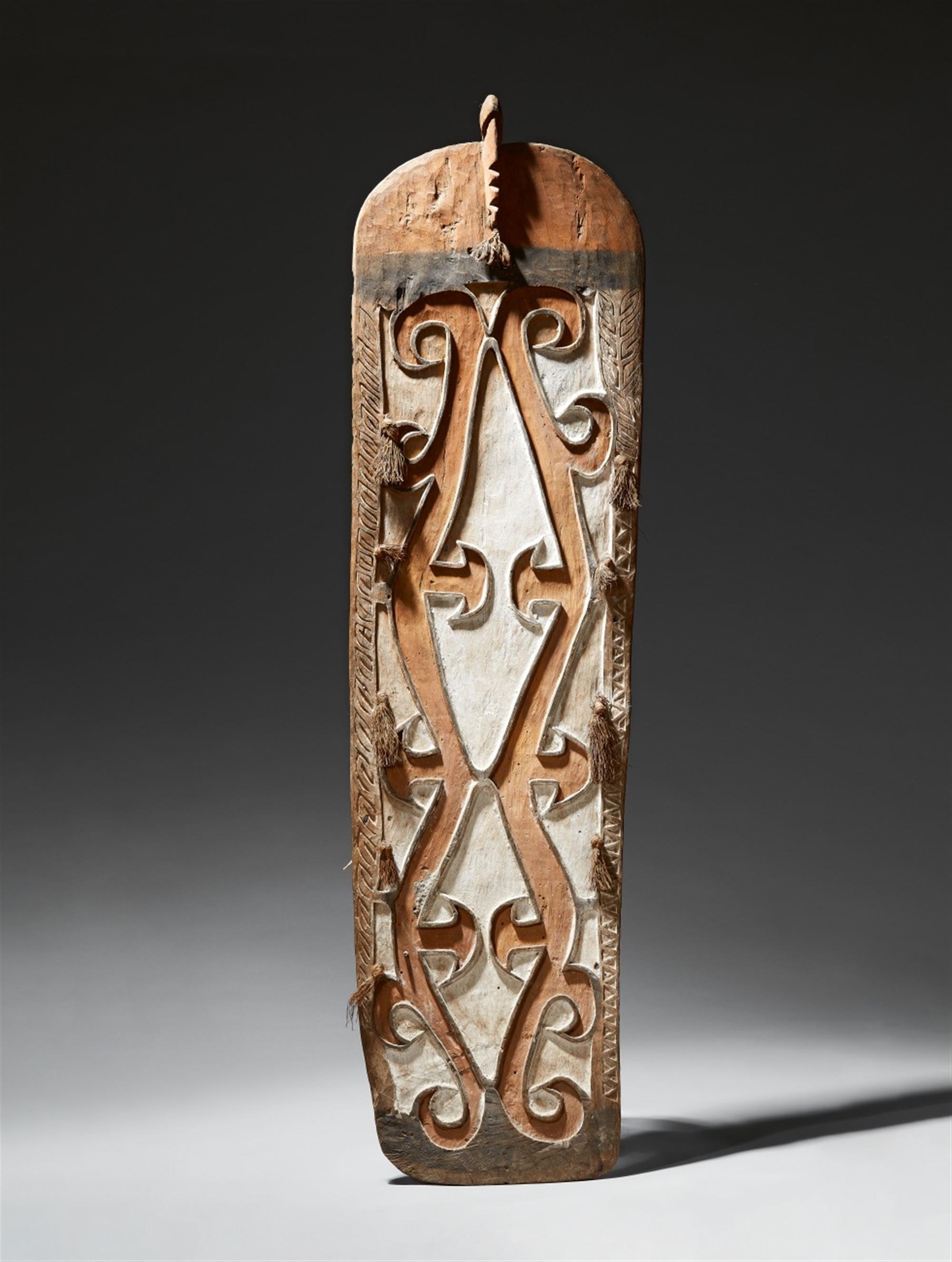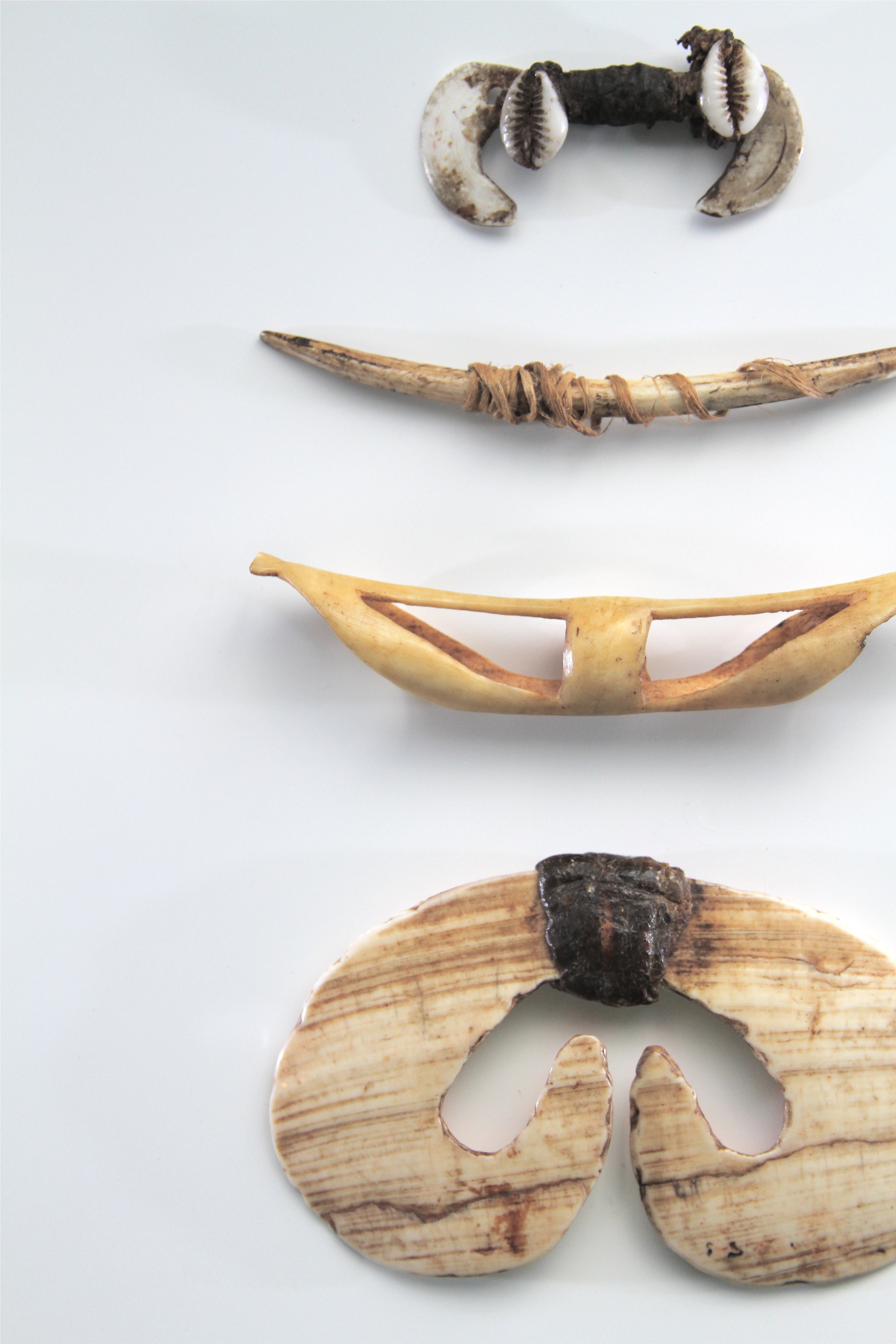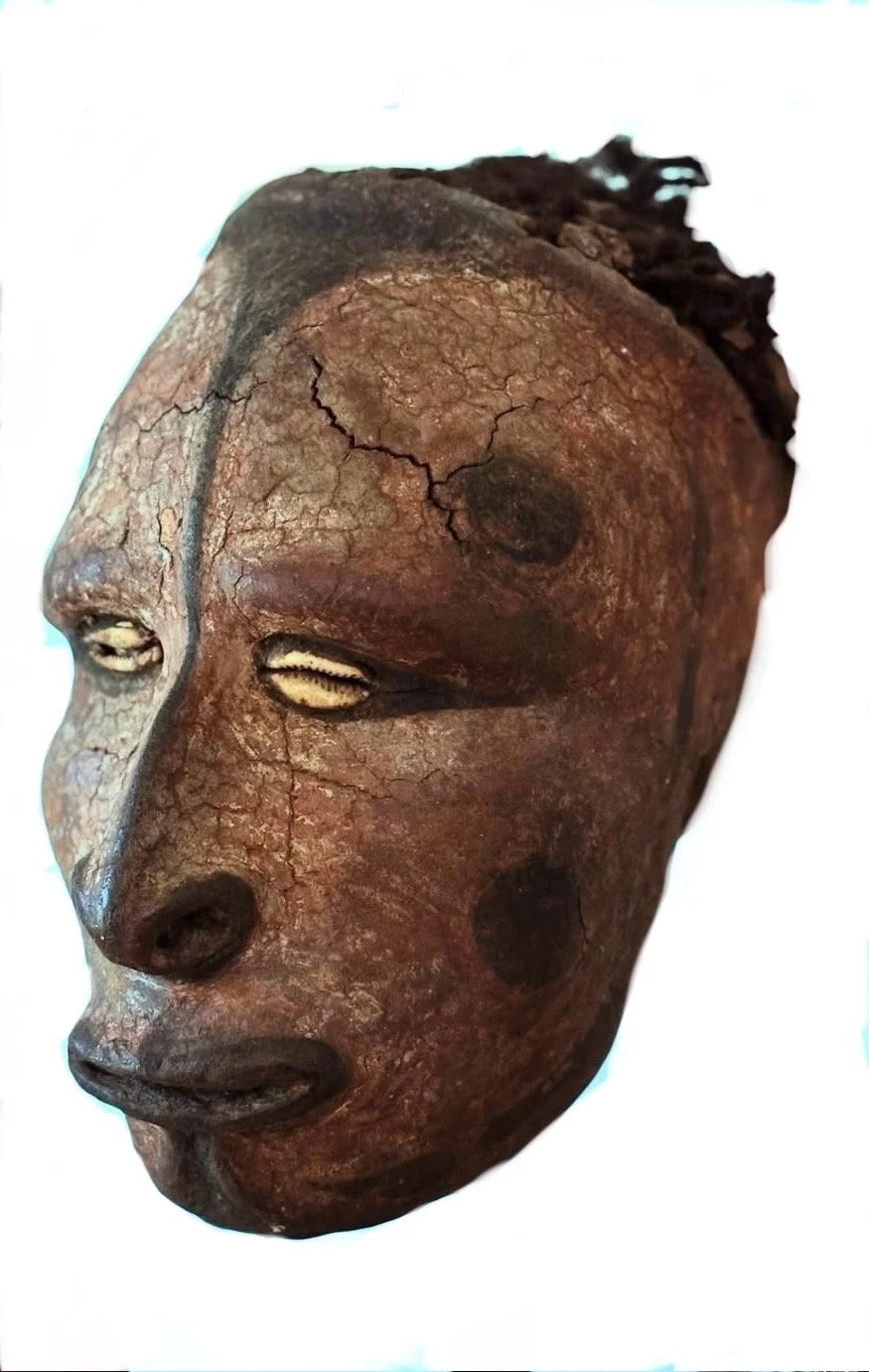Explore THE Embody Collection That
celebrates art & indigenous peoples from around the world

the americas

historical timeline
Olmec period pre-classical Mesoamerica - 1200 BCE - 400 BCE
Mayan period - 300 AD - 900 AD
Aztec period - 1300 - 1521
Archaic Northwest Coast Collection
Americas Collection
Amazonian Collection
the americas
The collection from The Americas includes Pre-Columbian era artifacts dating back to the Olmec period to 21st century highlight native lands in both North and South of the Americas. The Pre-Columbian era incorporates all period subdivisions in the history and prehistory of the Americas before the appearance of significant European influences on the American continents, spanning the time of the original settlement in the Upper Paleolithic period to European colonization during the Early Modern period.
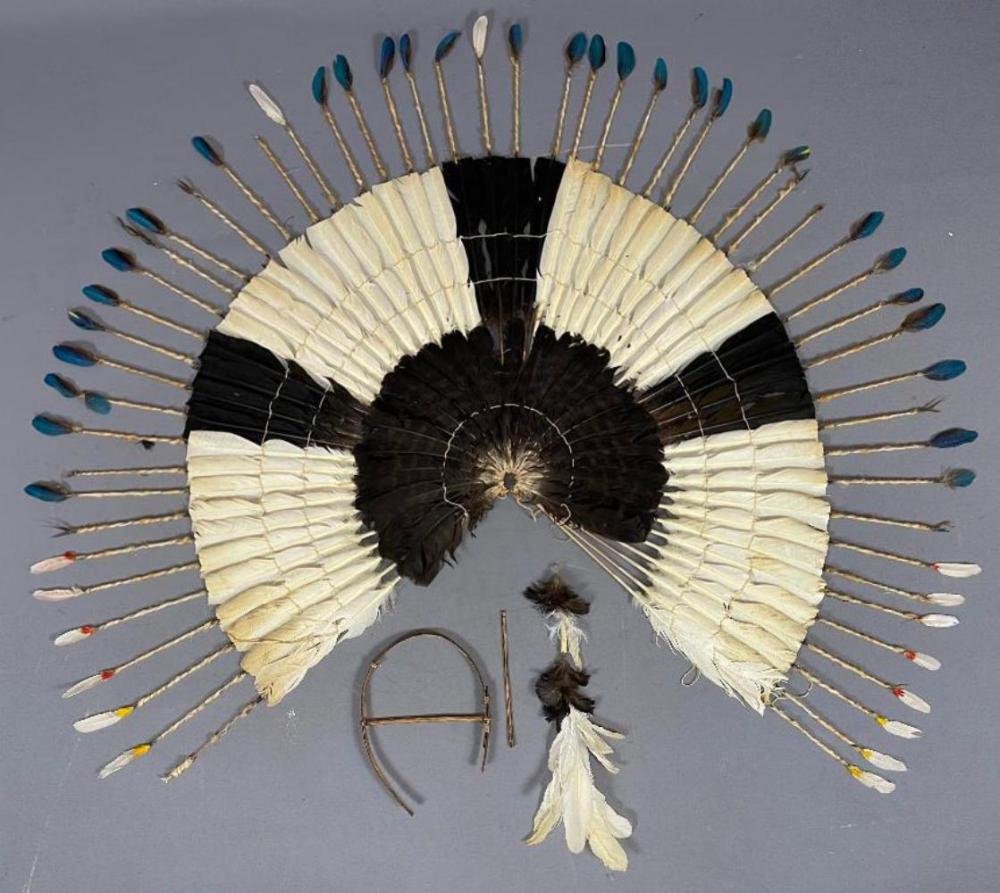
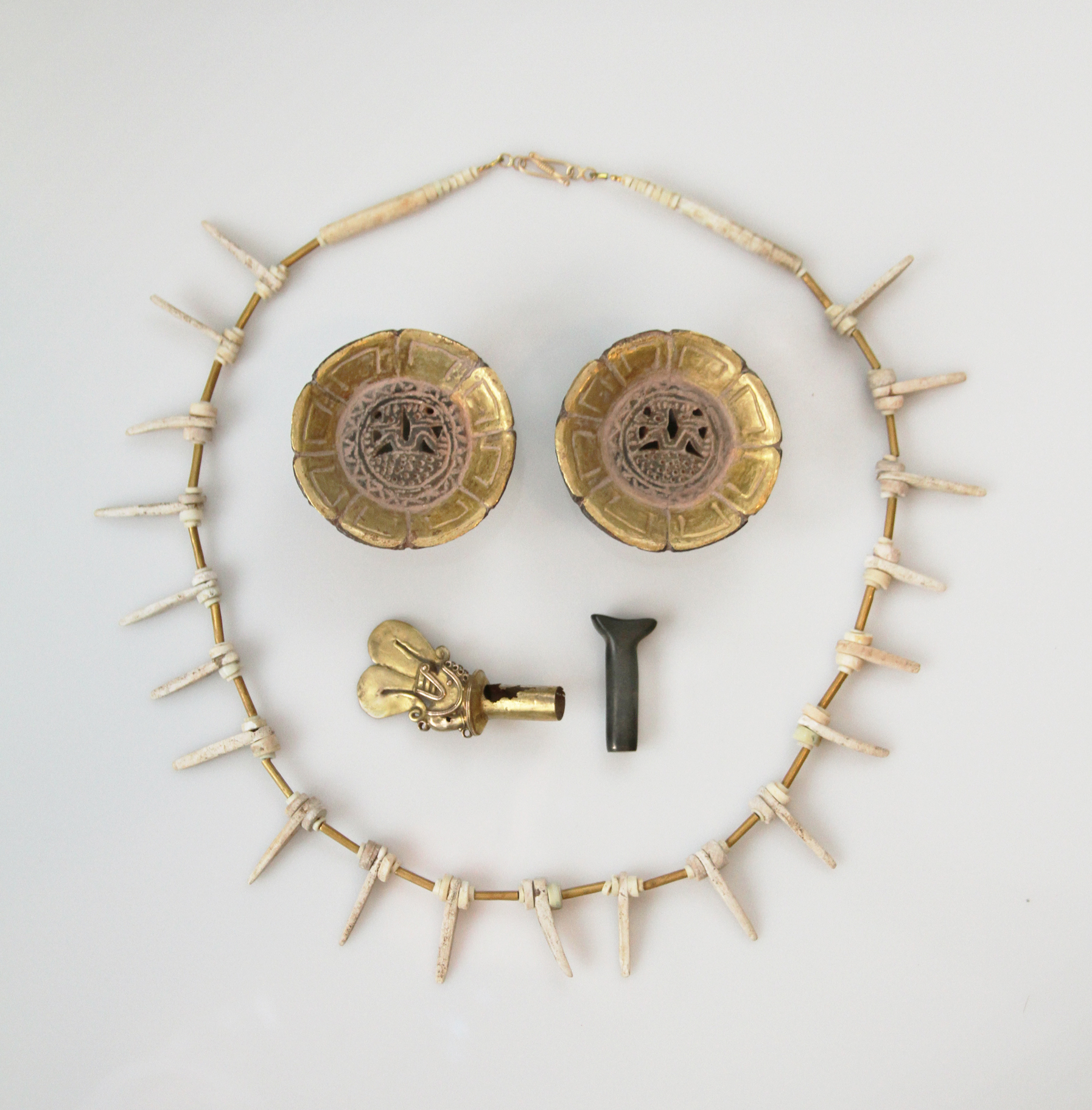
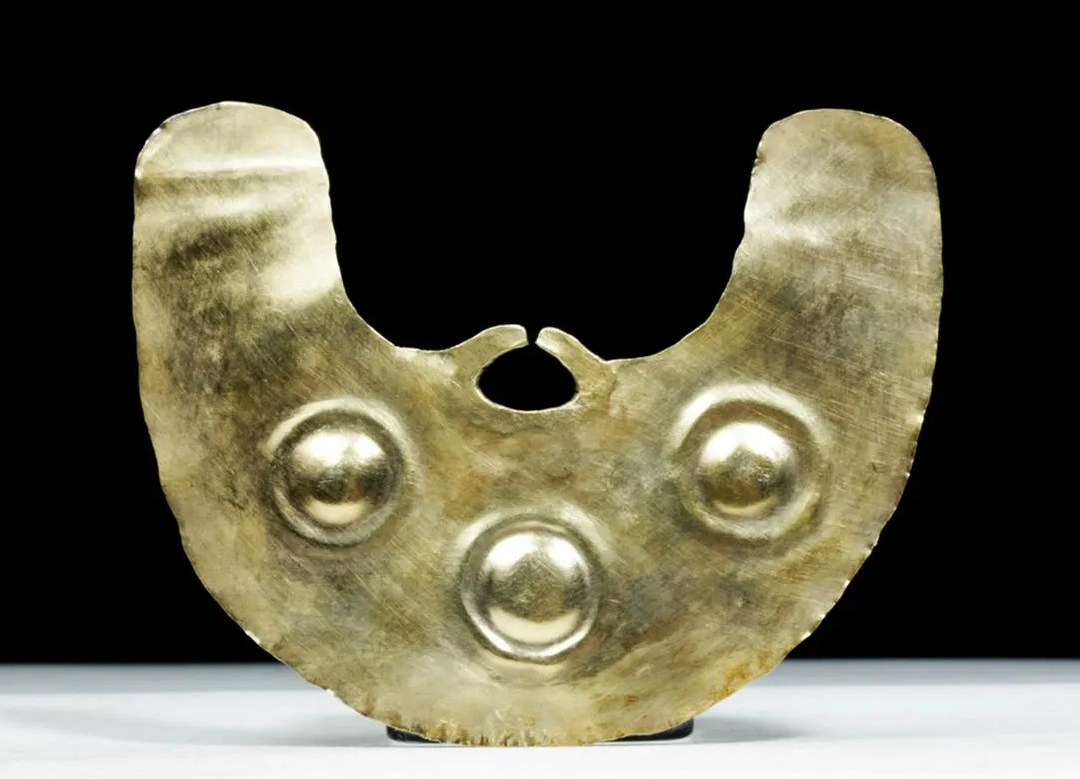
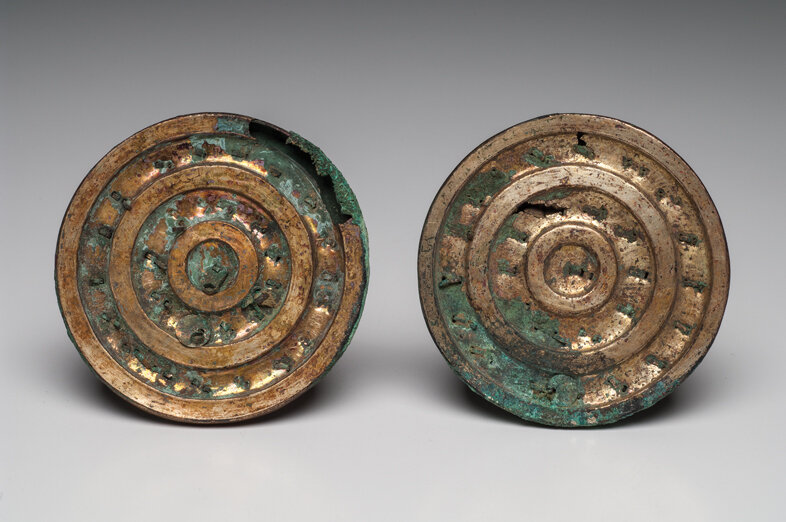
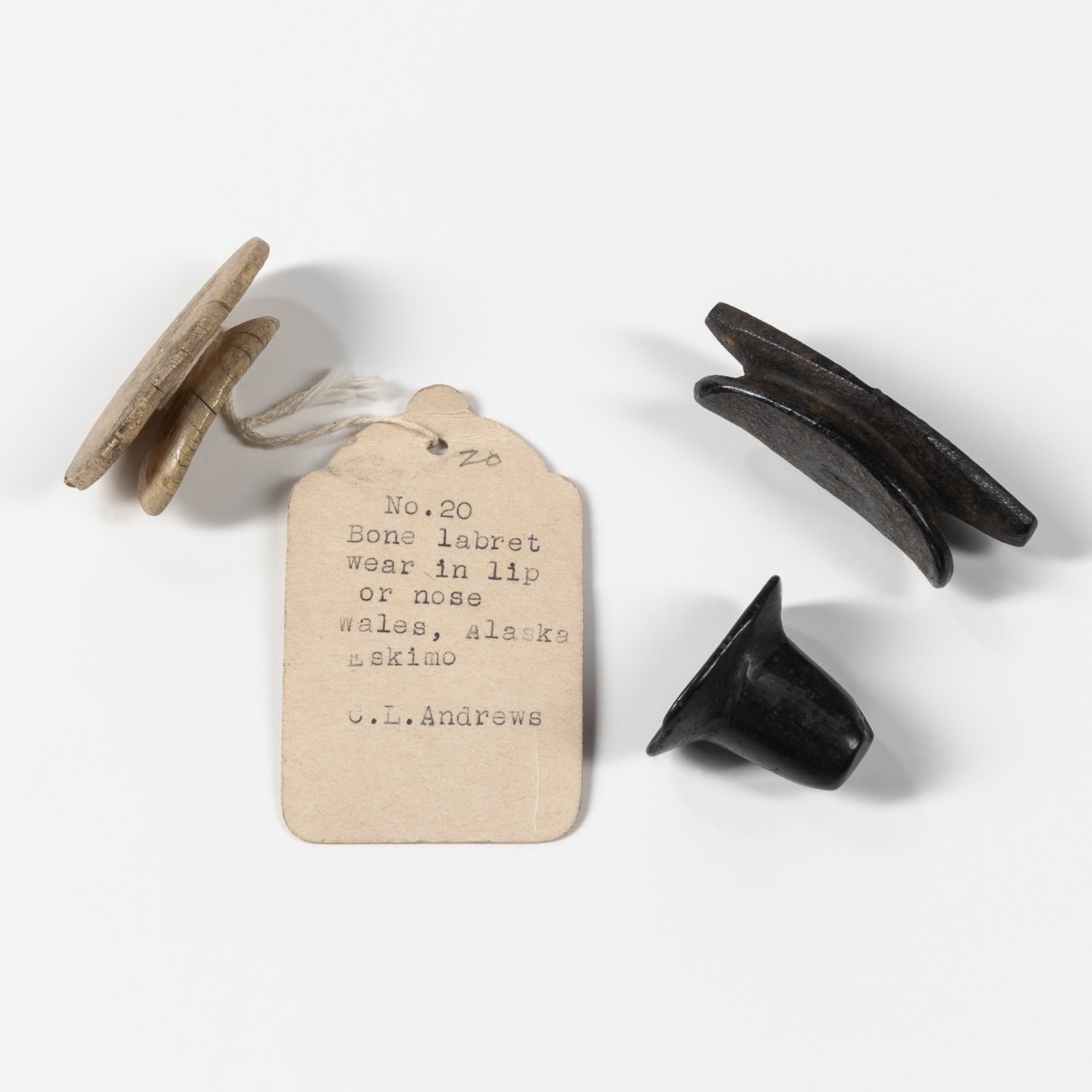
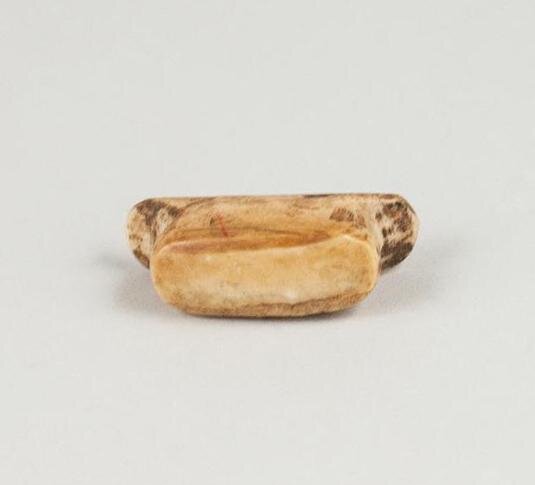
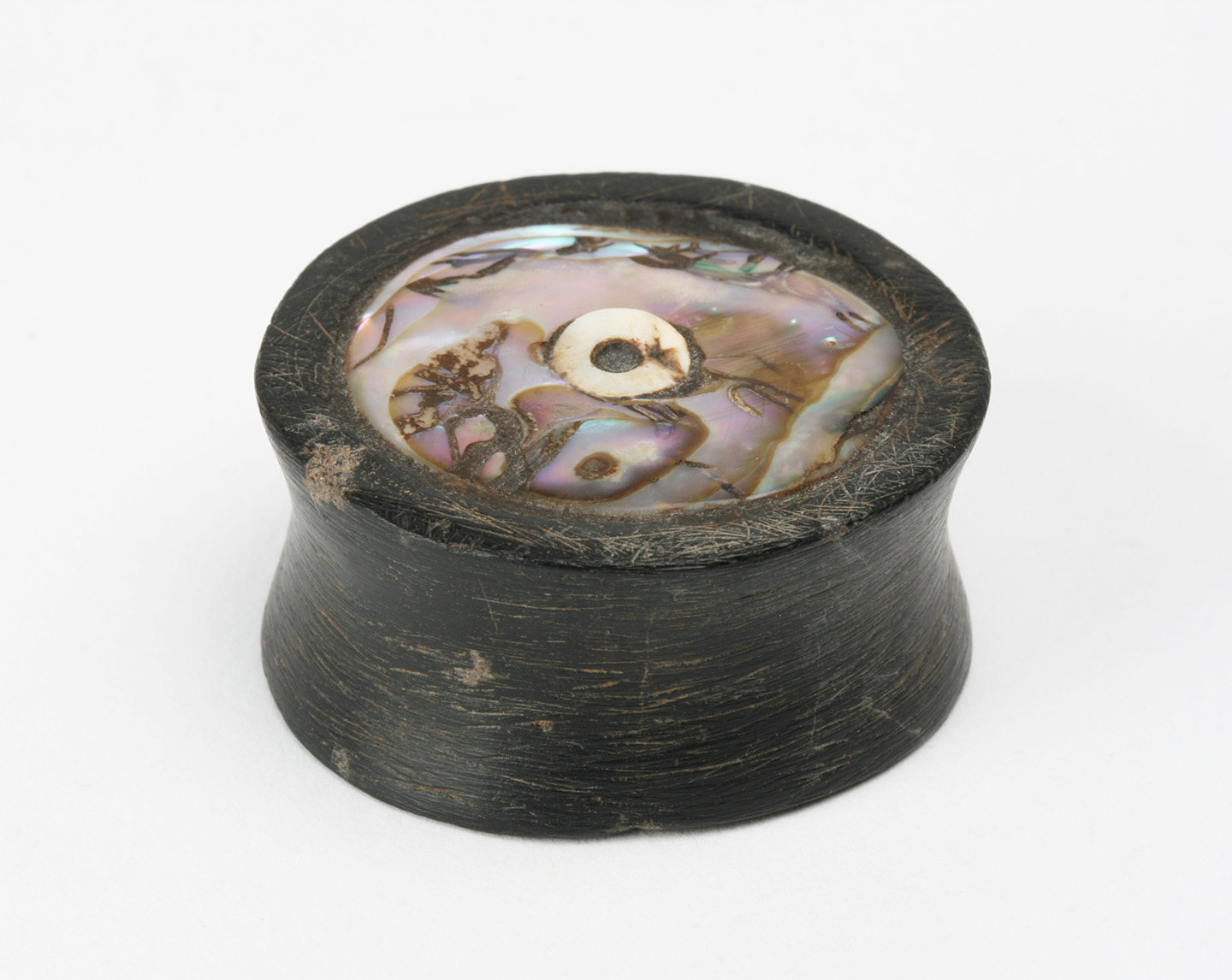
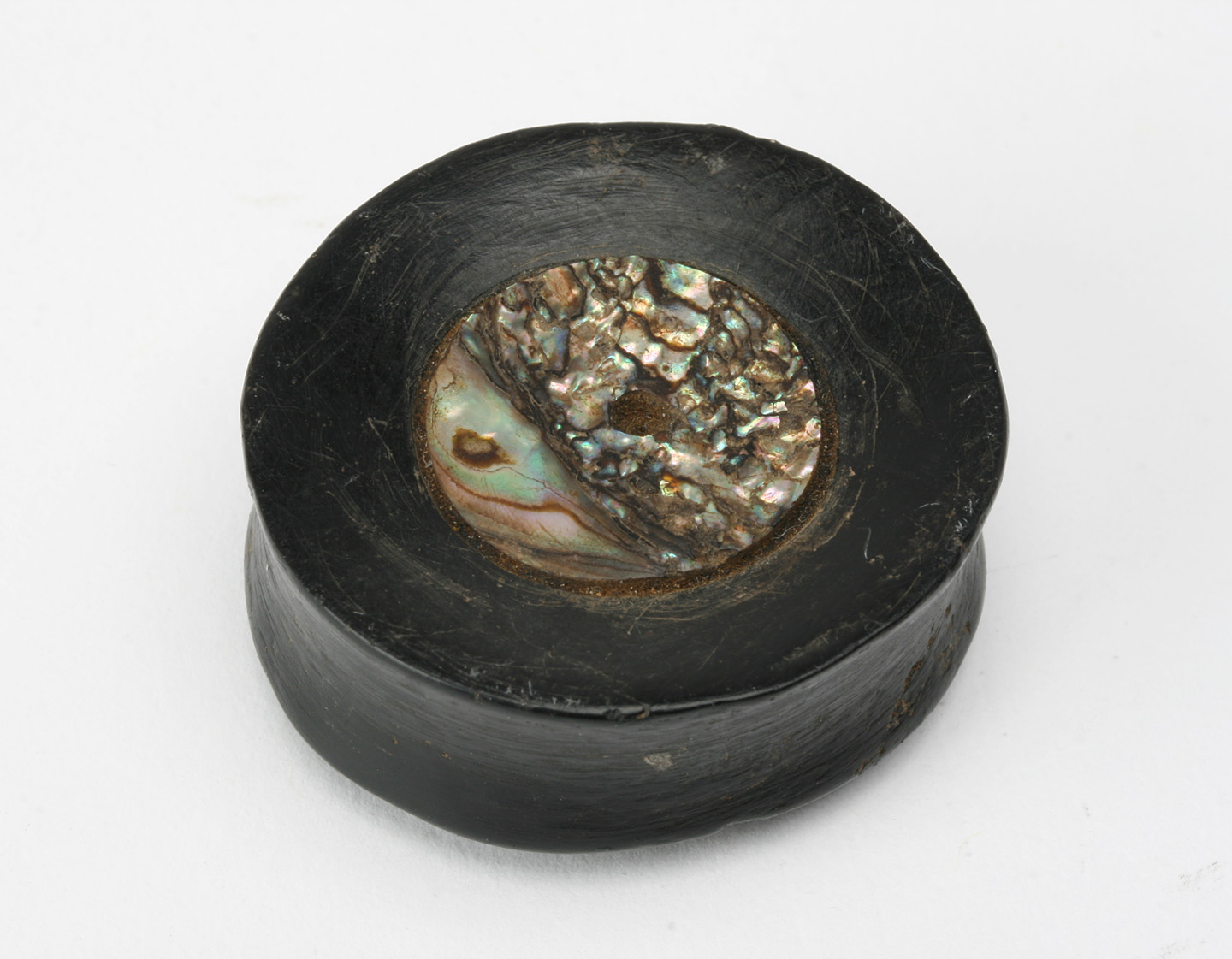
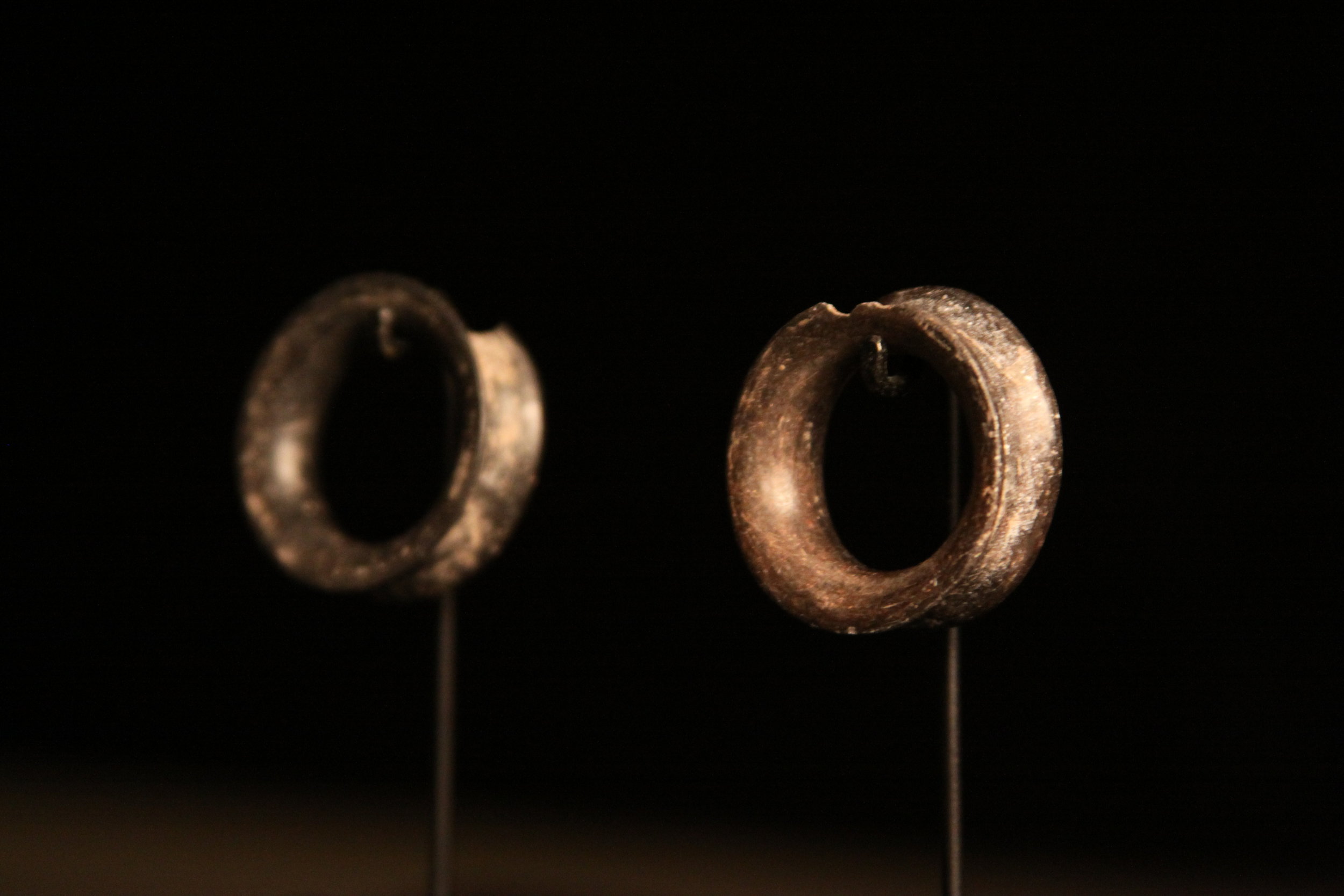
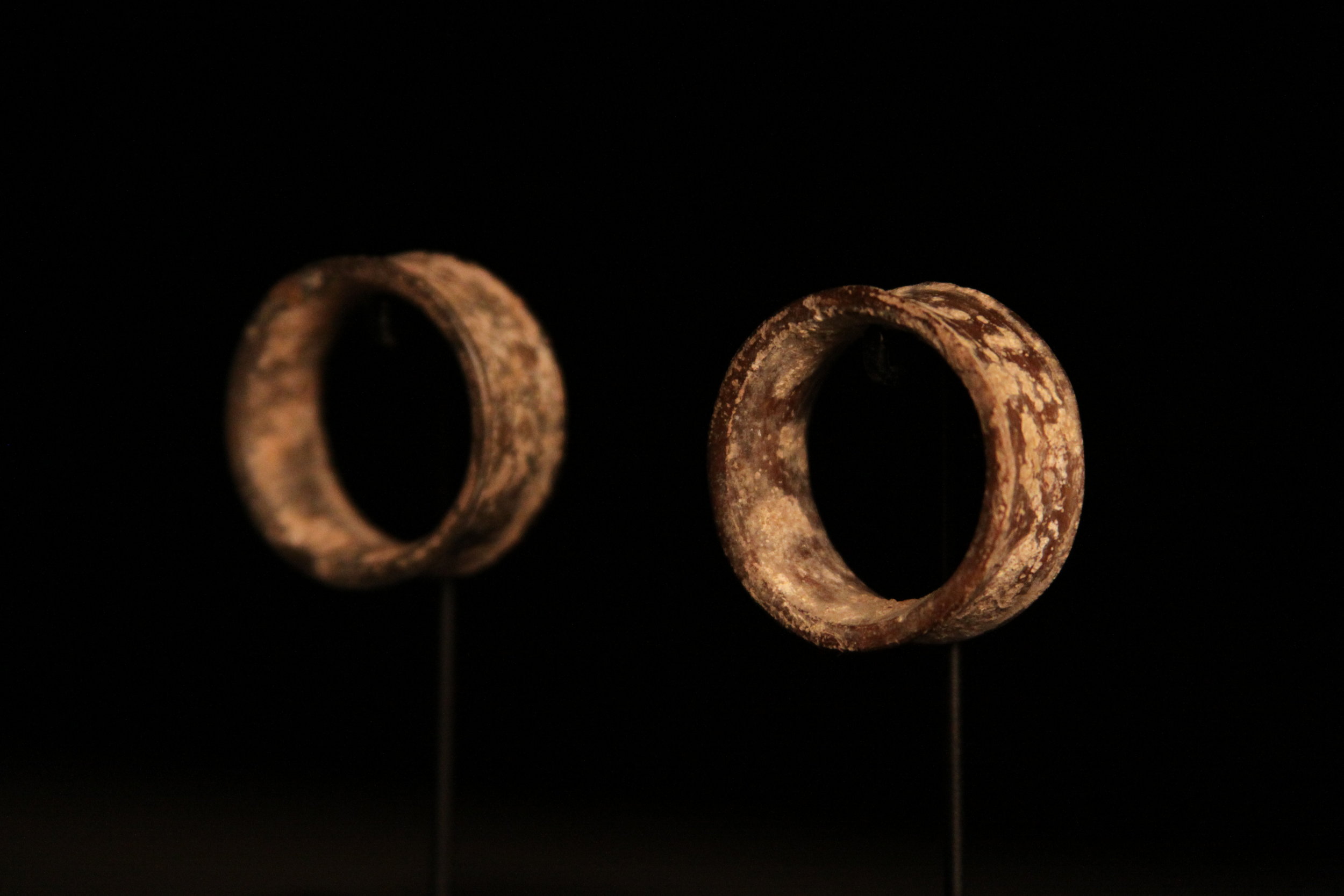
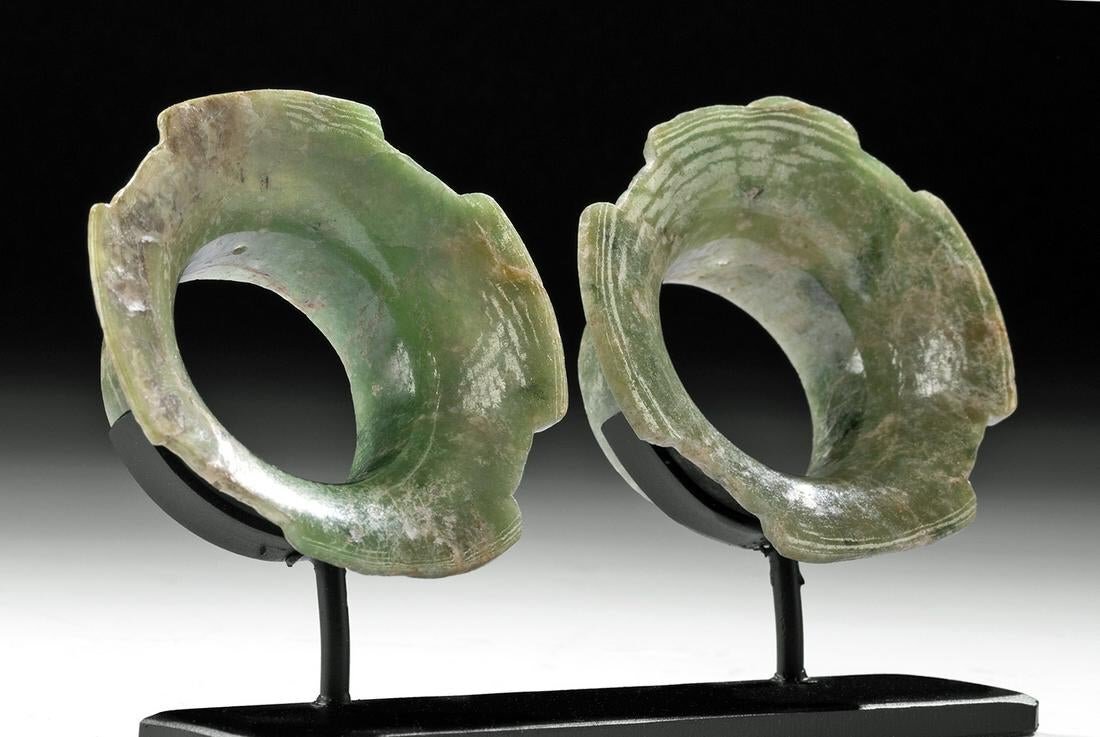
I N D I A
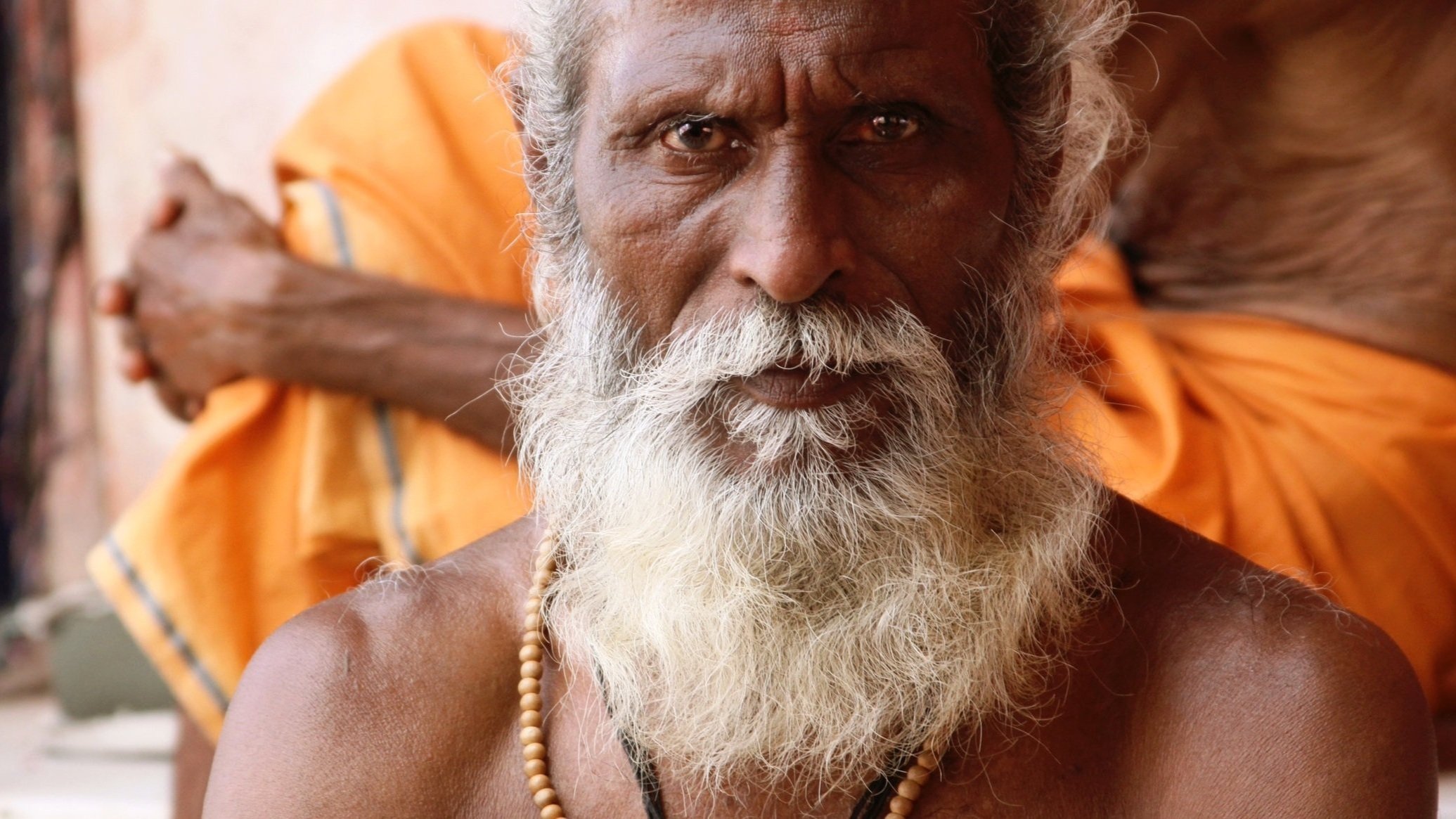
i n d i a
India is a vast South Asian country with diverse terrain – from Himalayan peaks to Indian Ocean coastline – and history reaching back 5 millennia. In the north, Mughal Empire landmarks include Delhi’s Red Fort complex and massive Jama Masjid mosque, plus Agra’s iconic Taj Mahal mausoleum. Pilgrims bathe in the Ganges in Varanasi, and Rishikesh is a yoga centre for Himalayan trekking.
the ganges river | the hoLIEST RIVER
The Ganges or Ganga is a trans-boundary river of Asia which flows through India and Bangladesh. The 2,525 km river rises in the western Himalayas in the Indian state of Uttarakhand, and flows south and east through the Gangetic Plain of North India into Bangladesh, where it empties into the Bay of Bengal. Many devotees and monks in the city of Varanasi utilize the Ganga into their ancient transitions, celebrating both, life and death.
Varanasi is a city in the northern Indian state of Uttar Pradesh dating to the 11th century B.C. Regarded as the spiritual capital of India, the city draws Hindu pilgrims who bathe in the Ganges River’s sacred waters and perform funeral rites. Along the city's winding streets are some 2,000 temples, including Kashi Vishwanath, the “Golden Temple,” dedicated to the Hindu god Shiva.
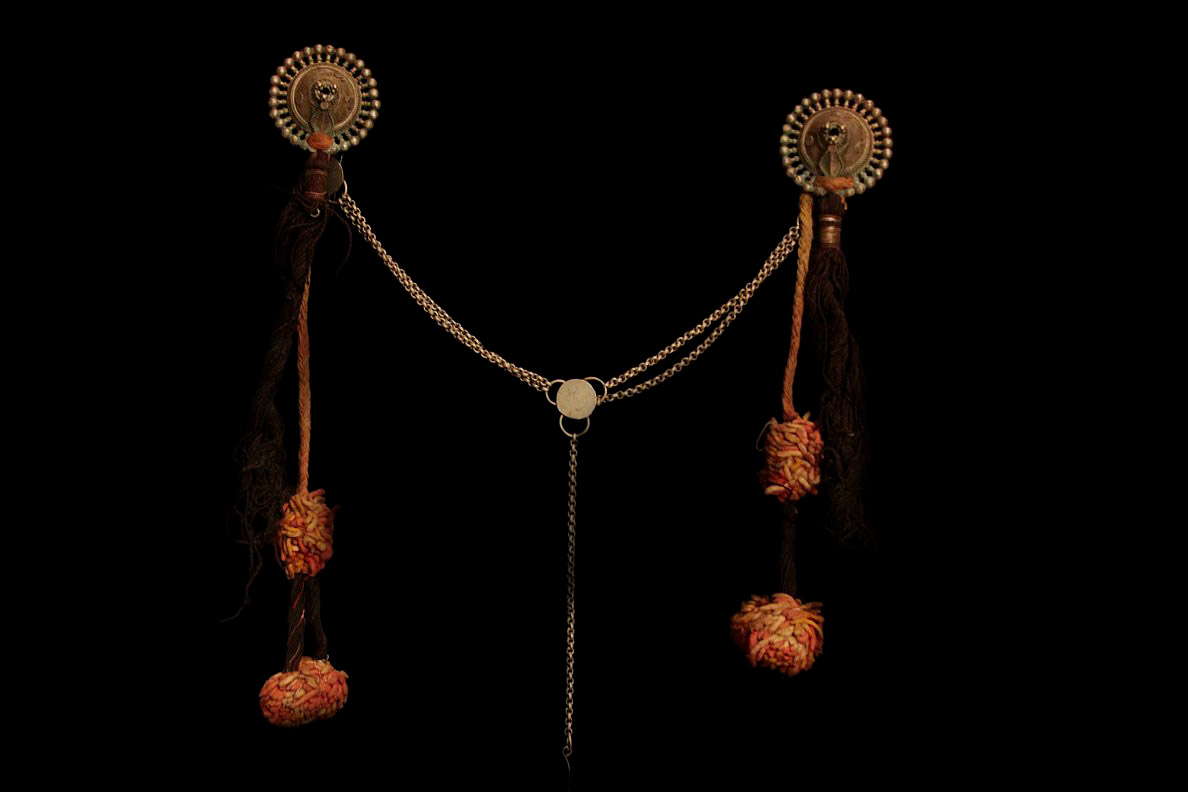

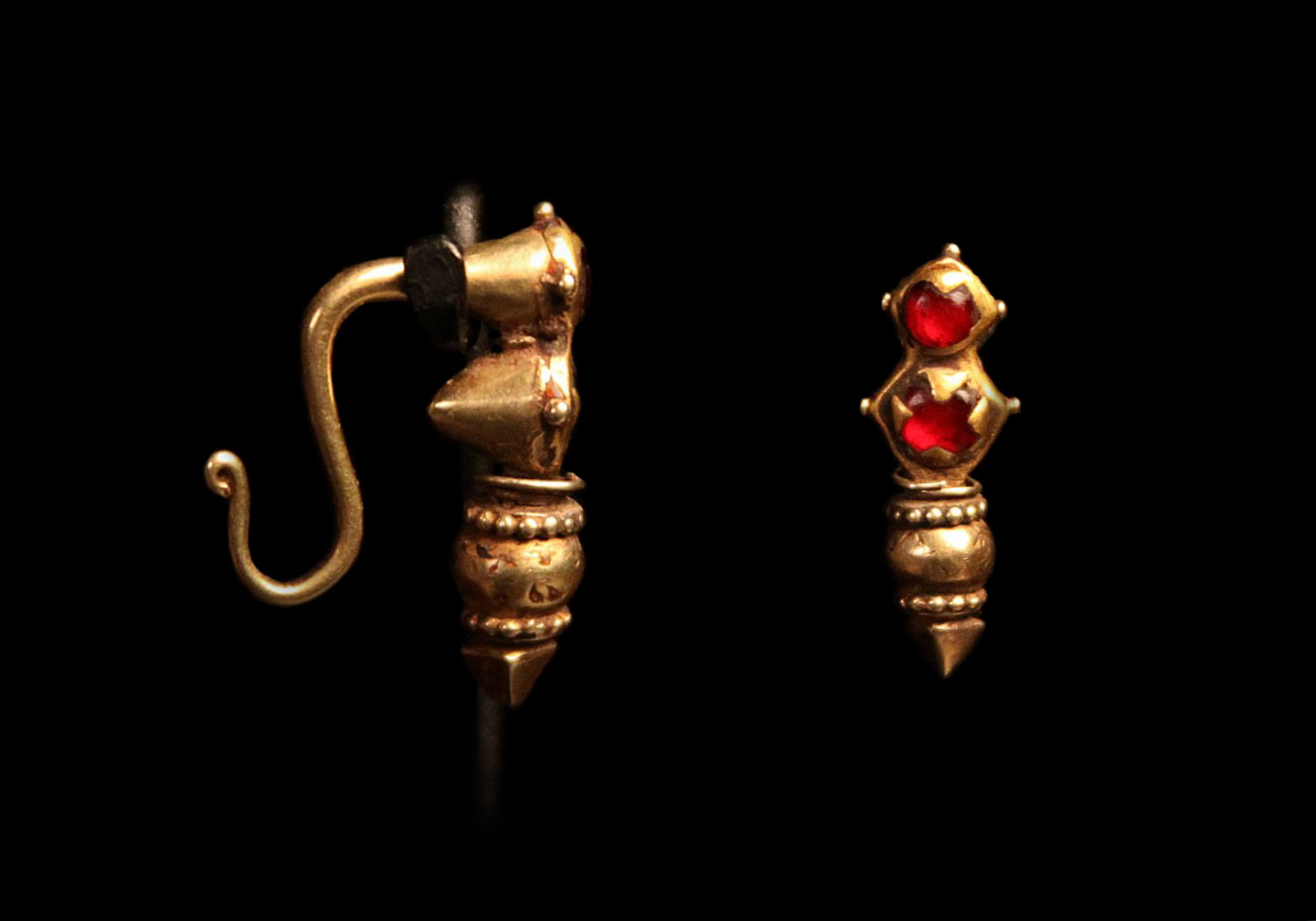

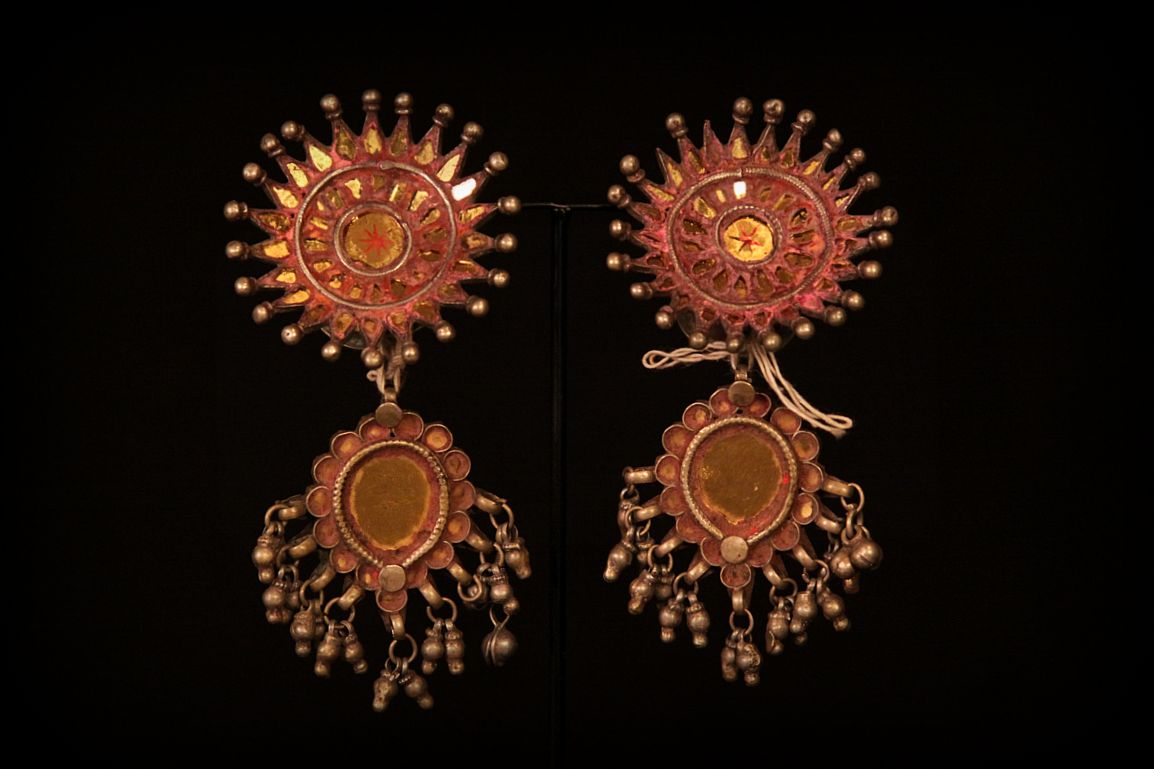

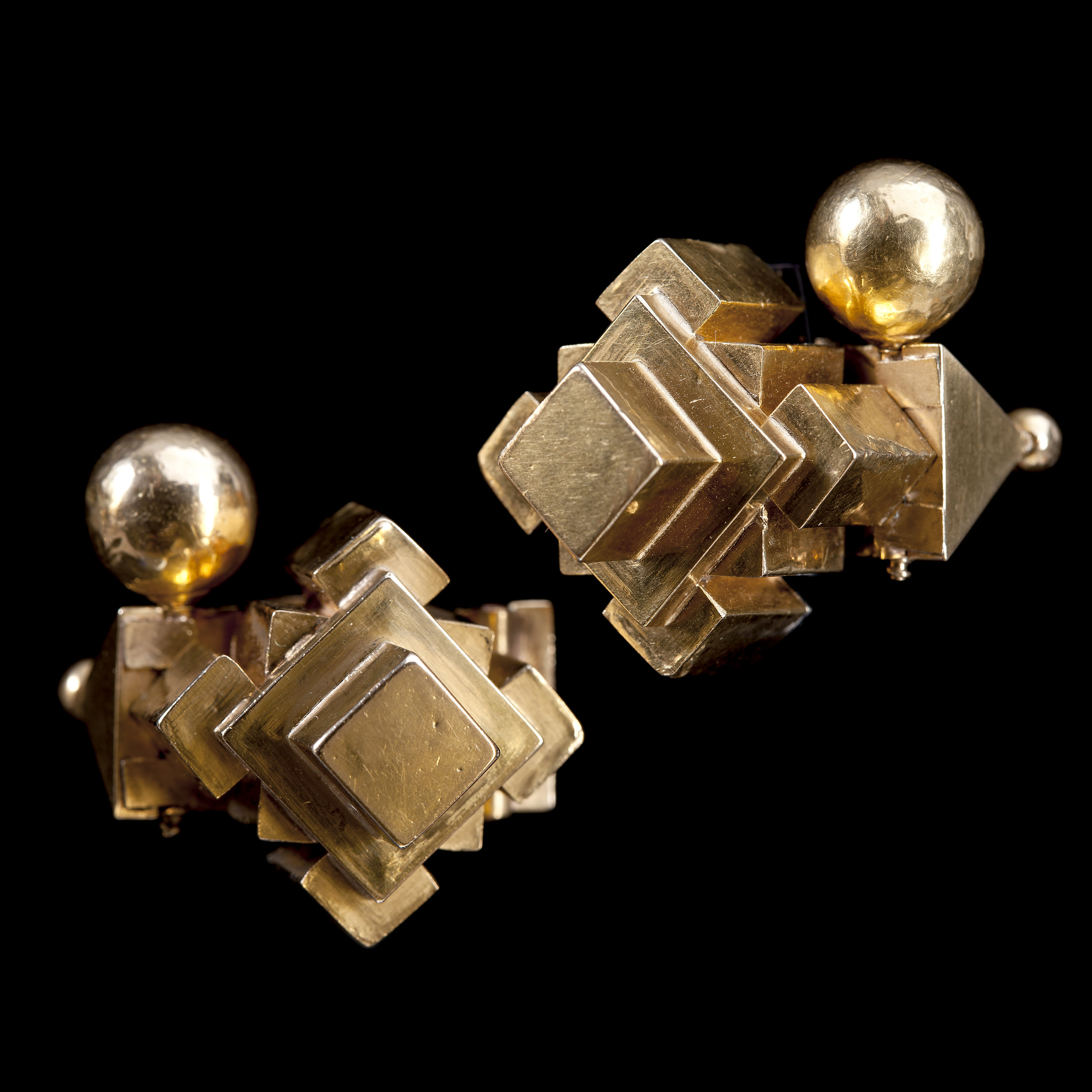
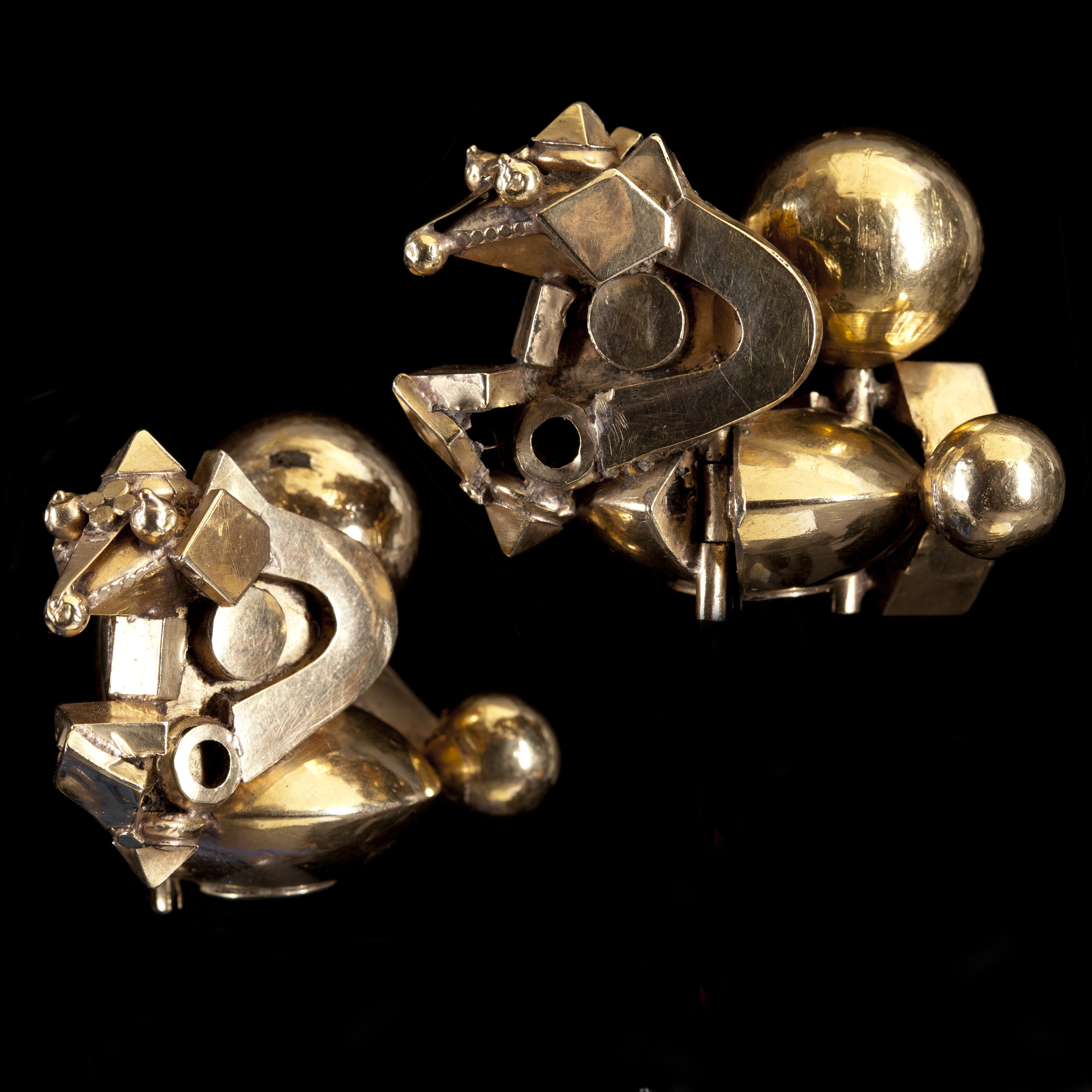
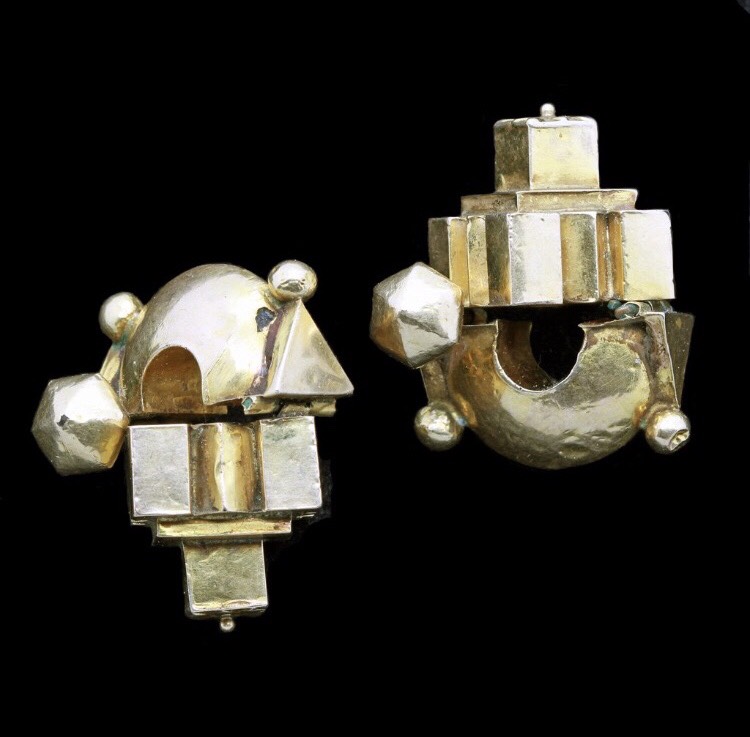
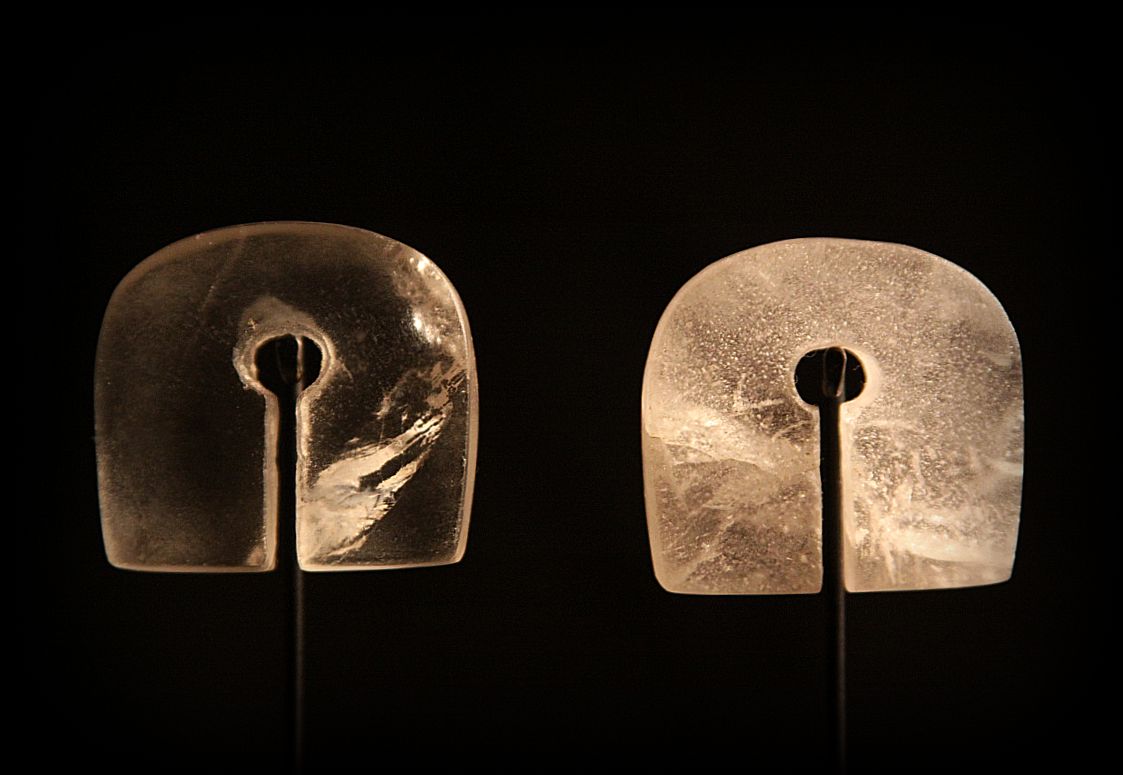
featurED COLLECTIONS
Gold Collection
Nagaland Collection
Apa Tani Collection
Varanasi Collection
19th Century Naga Headhunter Helmet - Northern India
A F R I C A
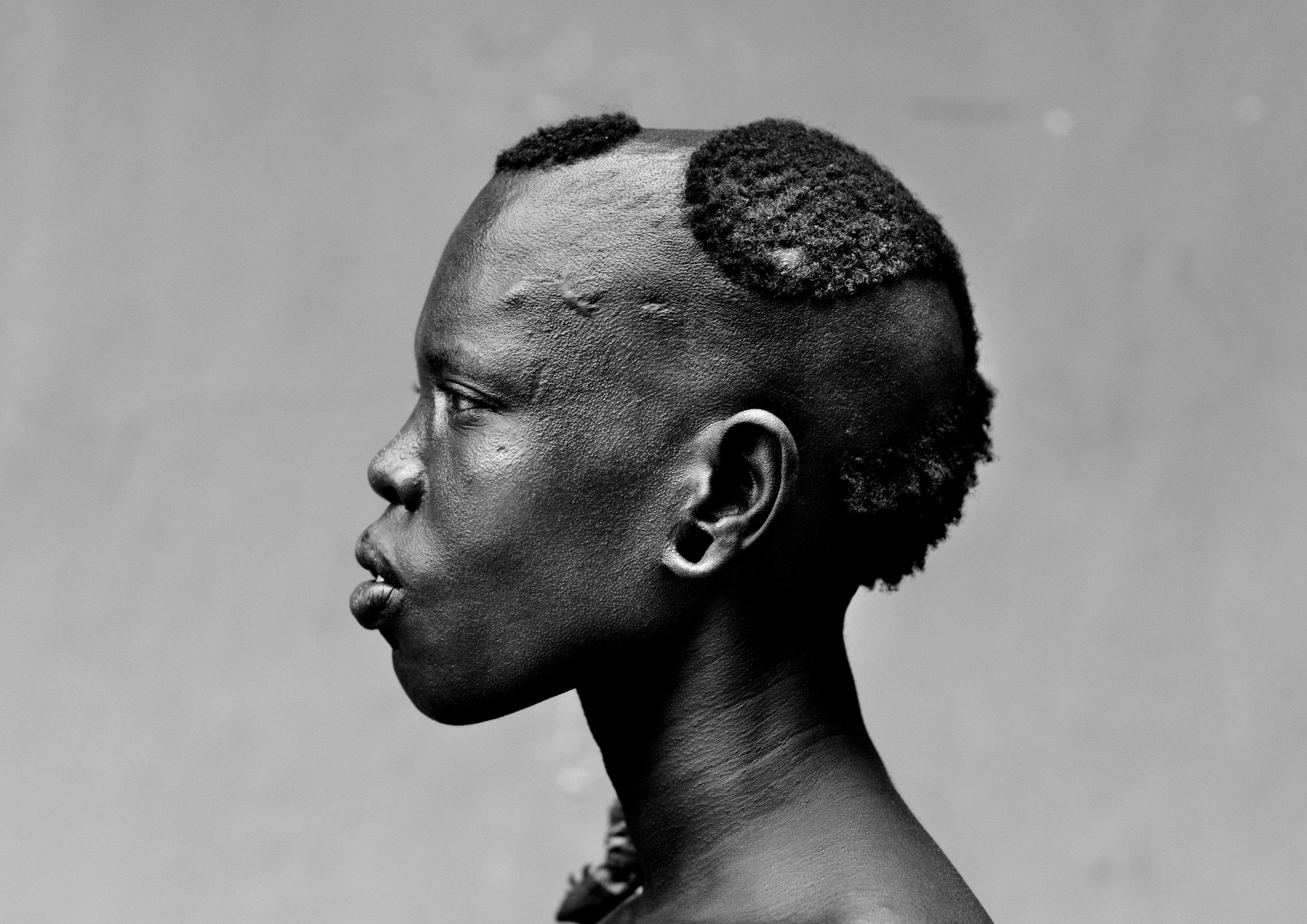
A F R I C A
Africa is the world's second largest and second most-populous continent. At about 30.3 million km² including adjacent islands, it covers 6% of Earth's total surface area and 20% of its total land area.
THE womb of life
The history of Africa begins with the emergence of hominids, archaic humans and—at least 200,000 years ago—anatomically modern humans, in East Africa, and continues unbroken into the present as a patchwork of diverse and politically developing nation states. The earliest known recorded history arose in ancient Kemet (now known as Egypt), and later in Nubia, the Sahel, the Maghreb and the Horn of Africa.
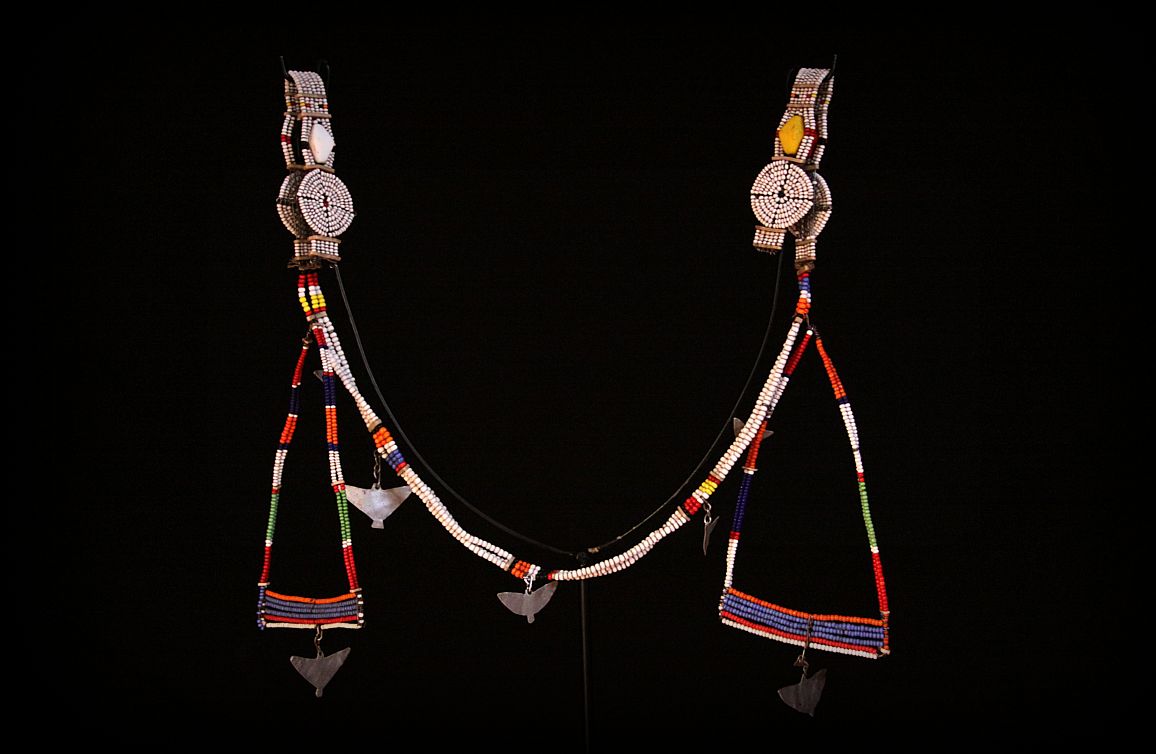
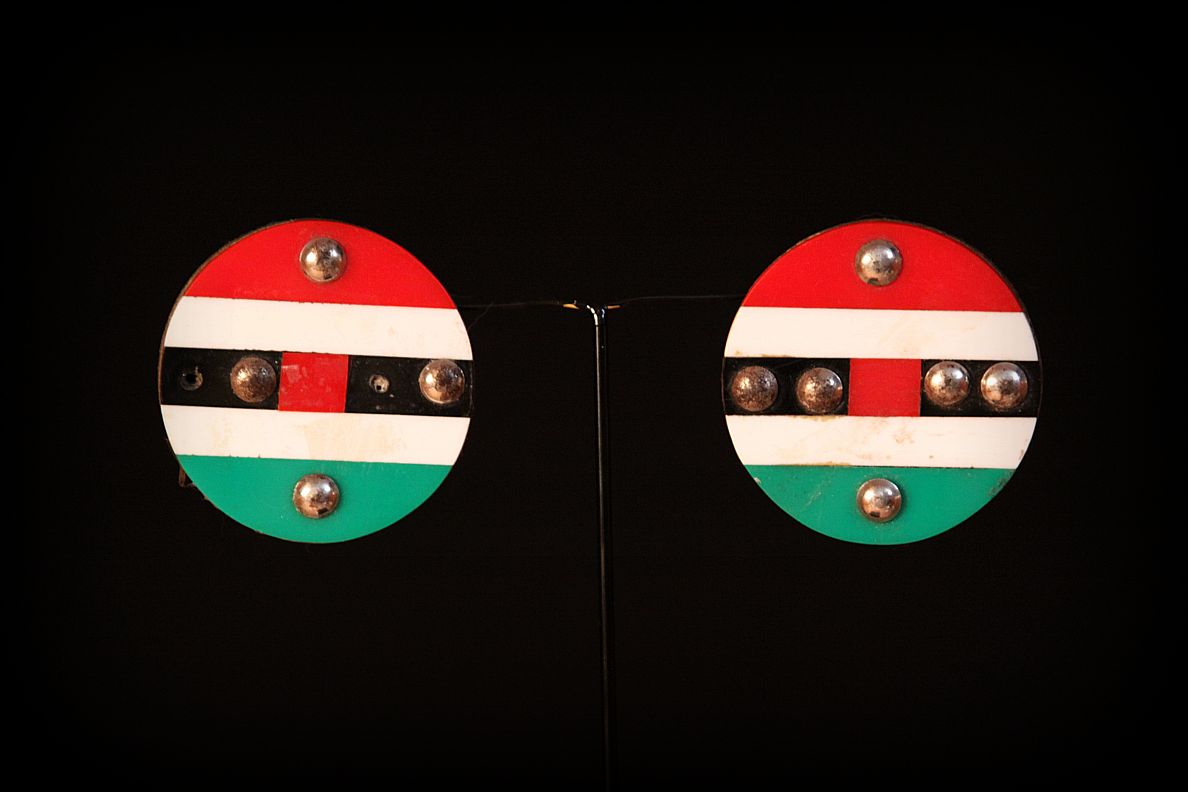
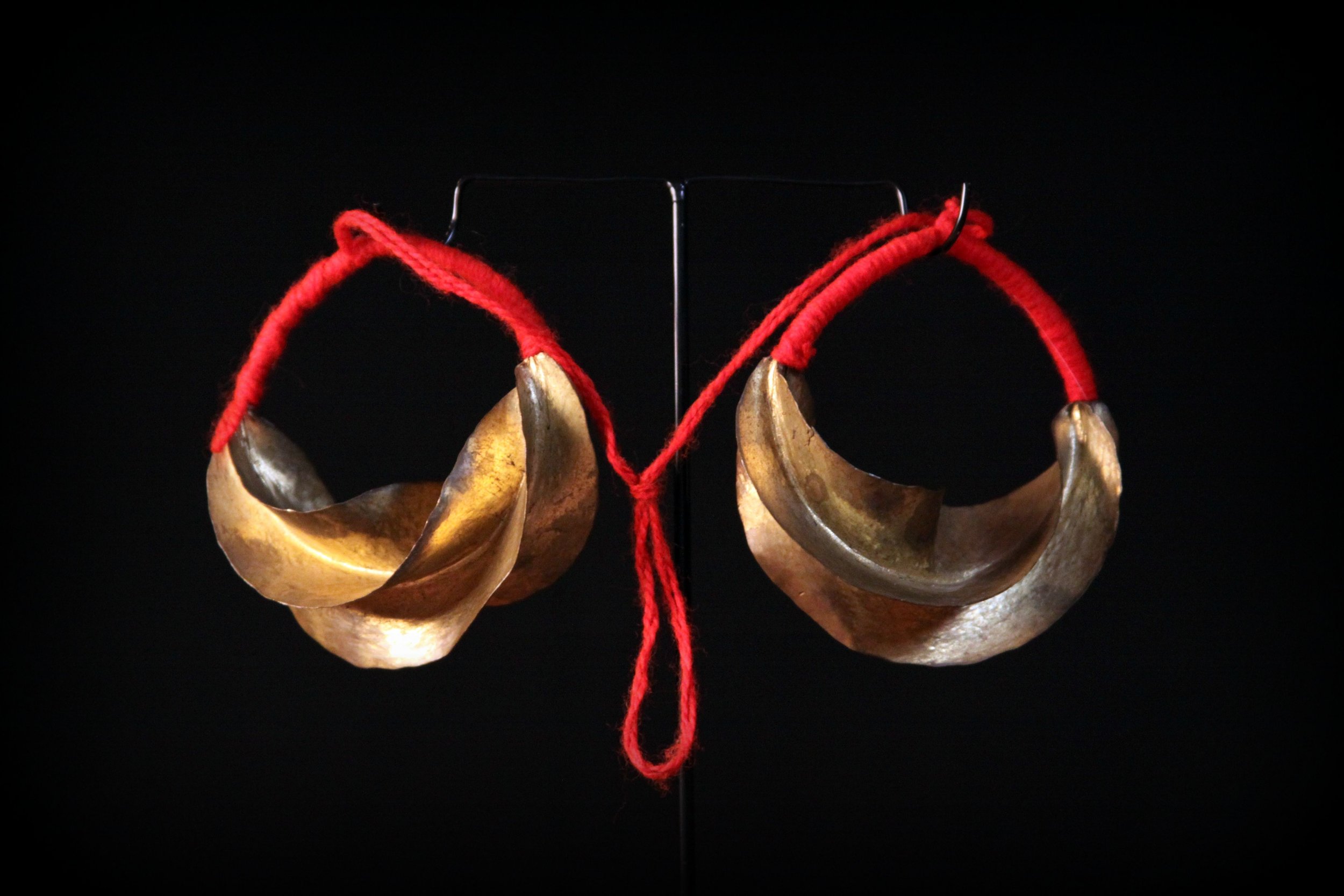
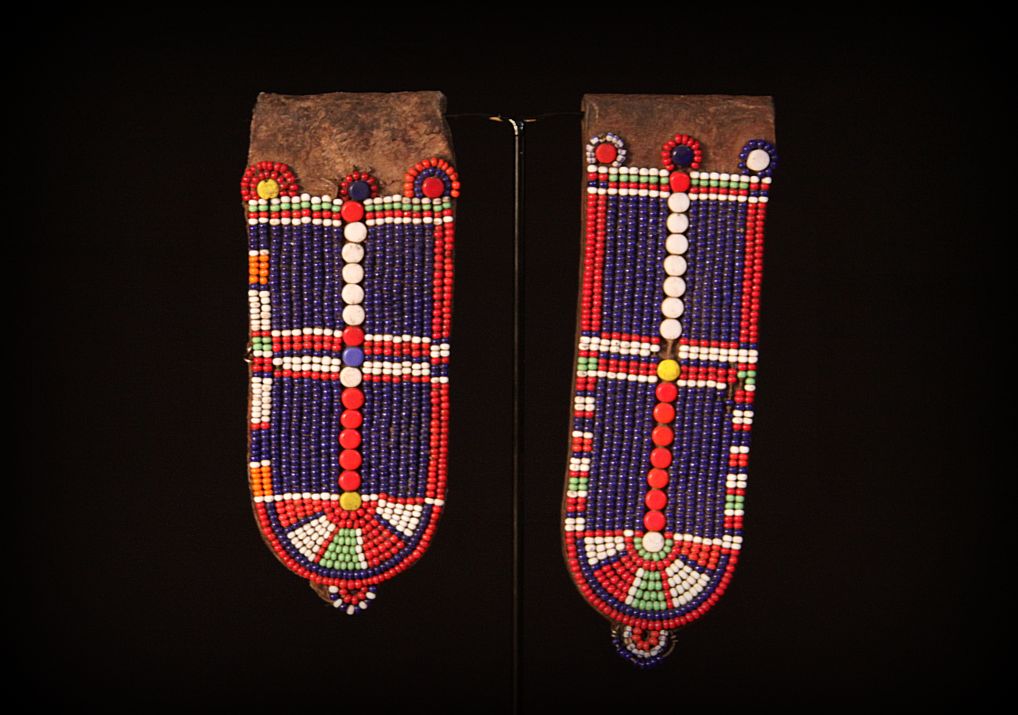
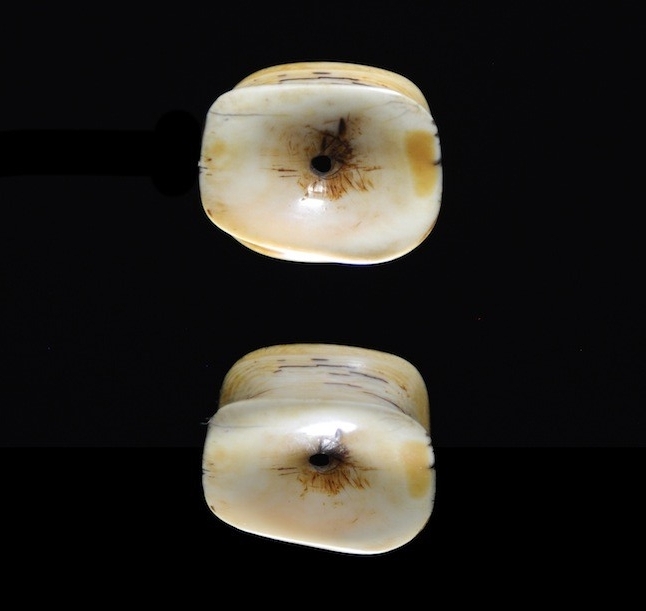
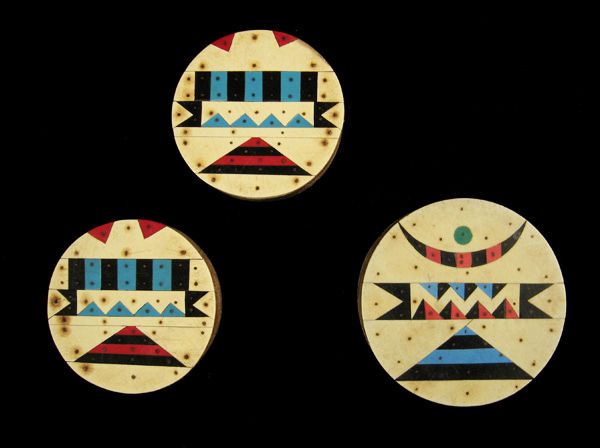
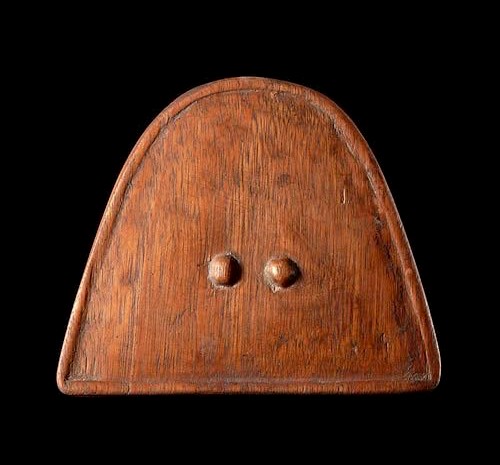
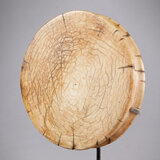
AFRIKAN TRIBES
Massai | Kenya
Mursi | Ethiopia
Turkana | Kenya
Zulu | Zimbabwe
Mid 20th Century Maasai Shield
Origin: Kenya
A S I A

A S I A
From the nomadic steppes of Bali to the frenetic streets Cambodia , Asia is a continent so full of intrigue, adventure, solace and spirituality that it has fixated and confounded travellers for centuries.
Ancient CIVILIZATION
This continent has contributed a cast of villains and heroes to global history. Most of the significant achievements of the modern world had their infancy in Asia. Historic trading routes sliced across epic terrain as expanding empires competed to trade goods and ideas throughout the continent and beyond. Ancient spaces and sacred tribes abound across the continent, from the ancient temples of Angkor Wat, to the former headhunters of Borneo; Iban Tribe, to the Padaung tribe who adorned their neck with elongated brass coils.
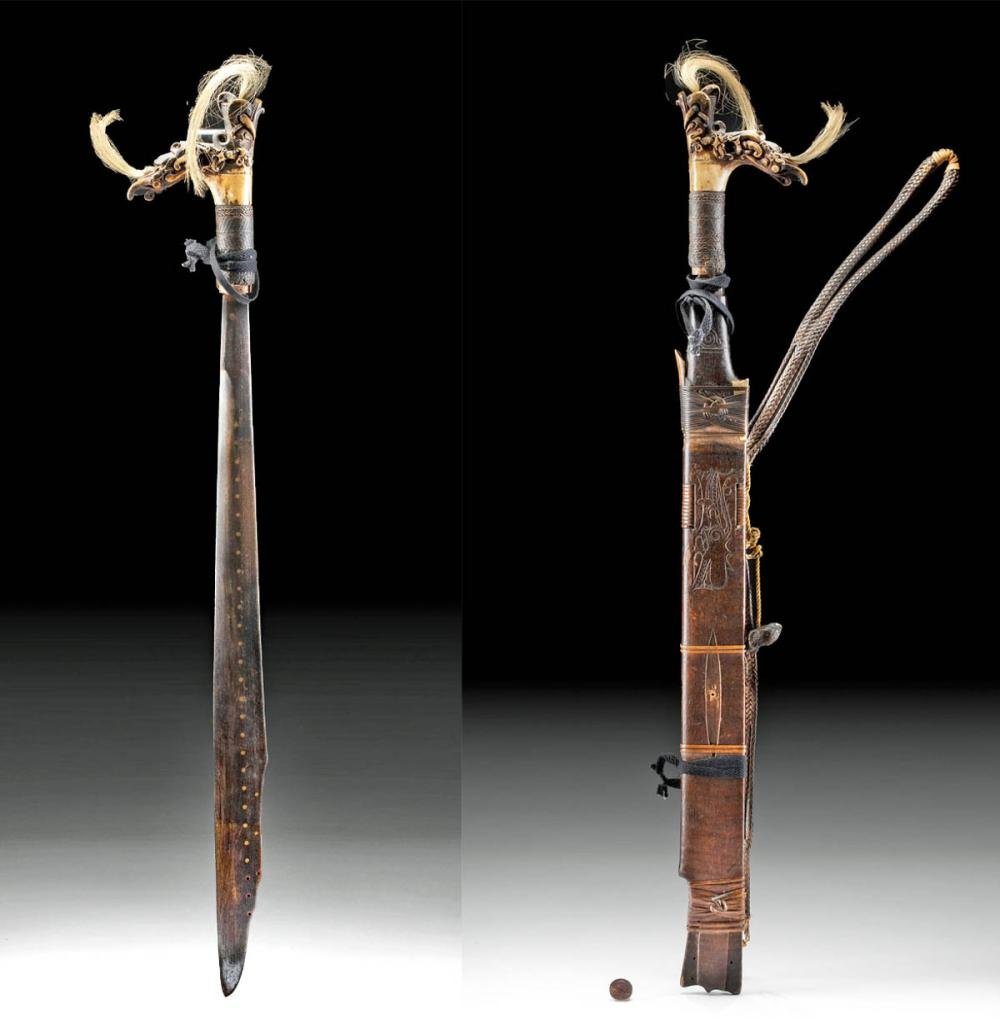
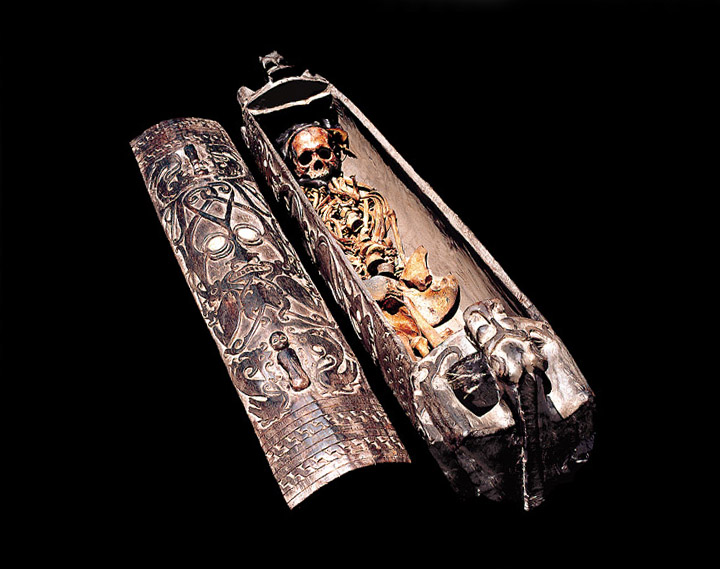
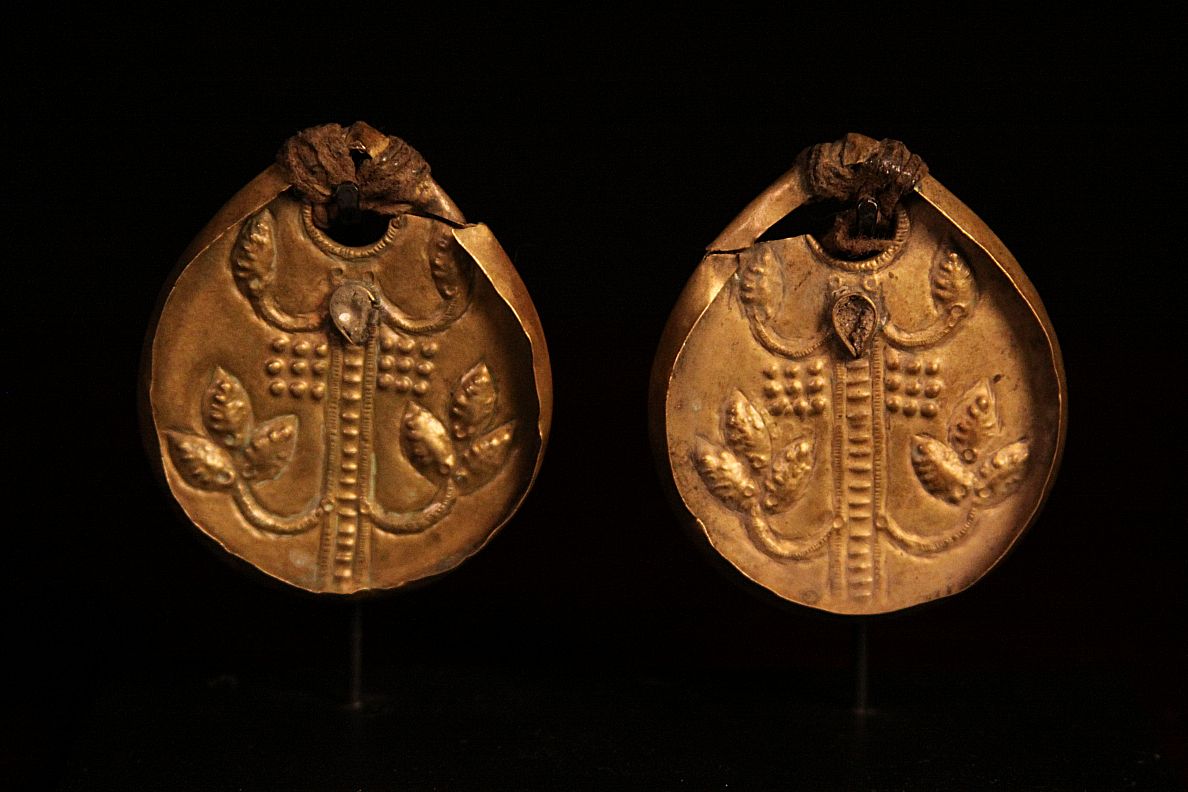

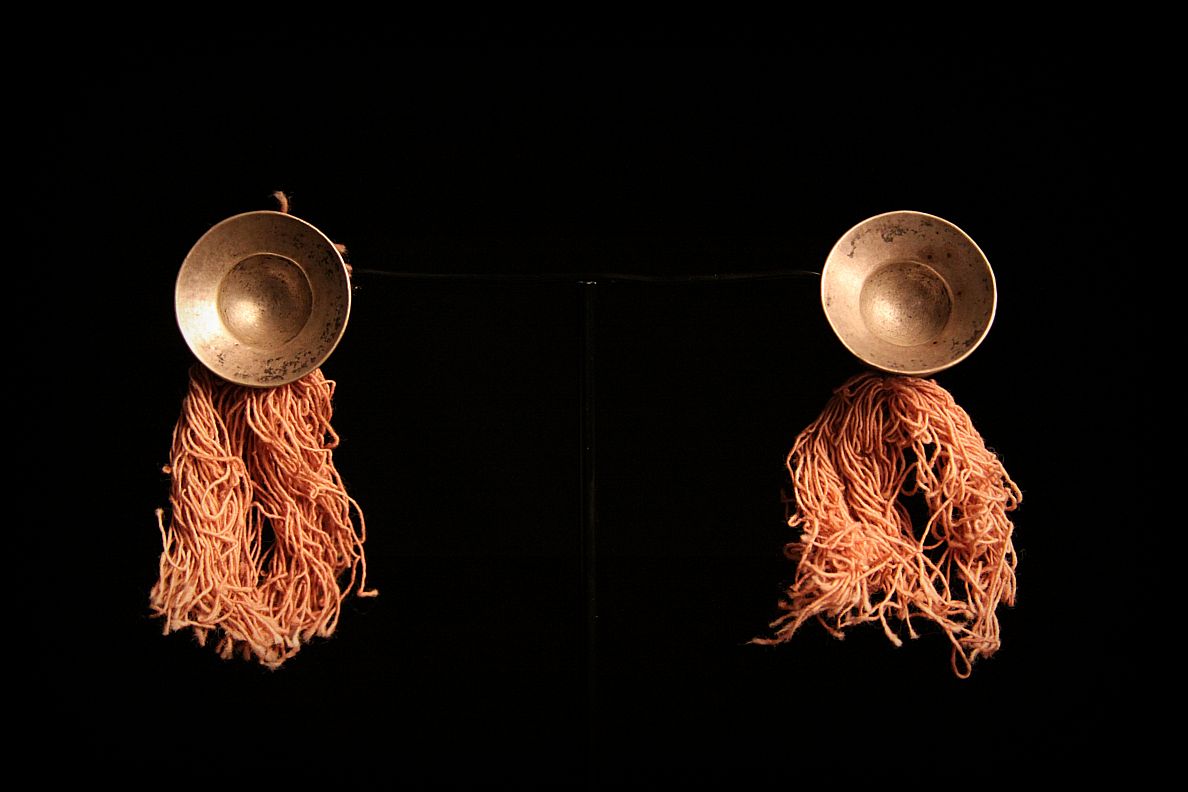
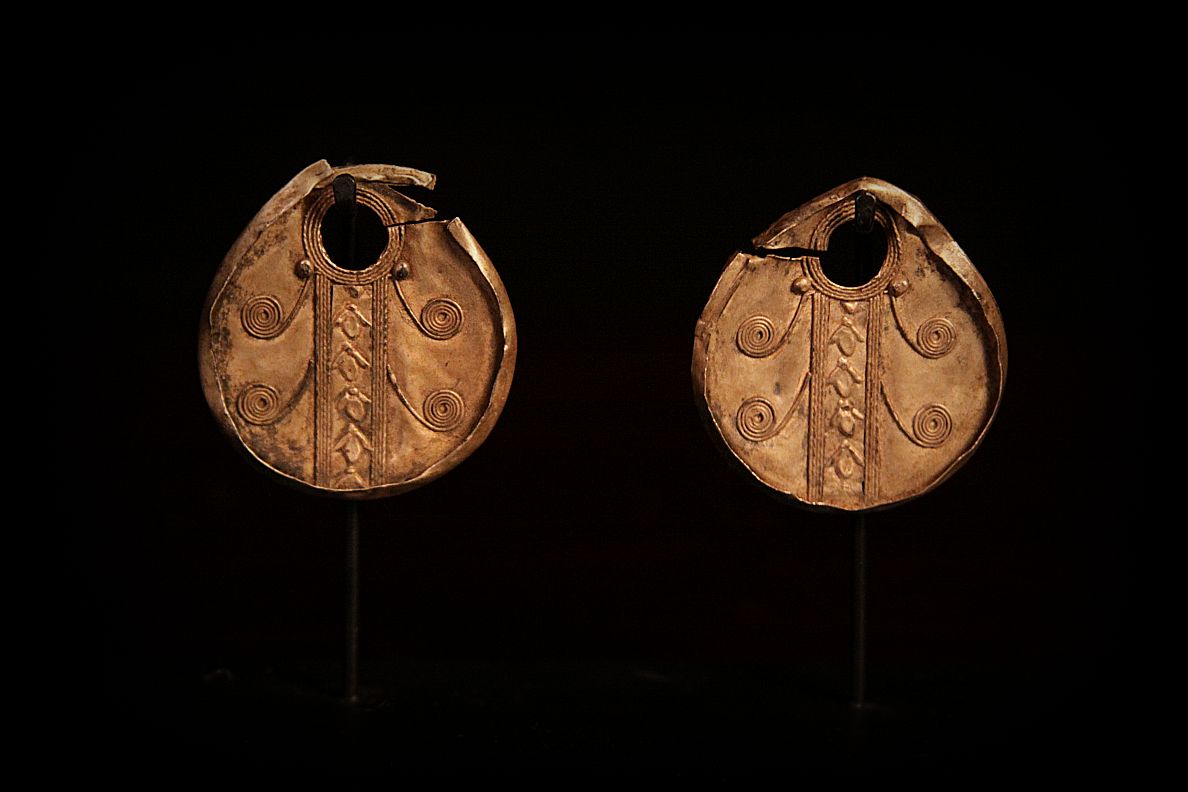
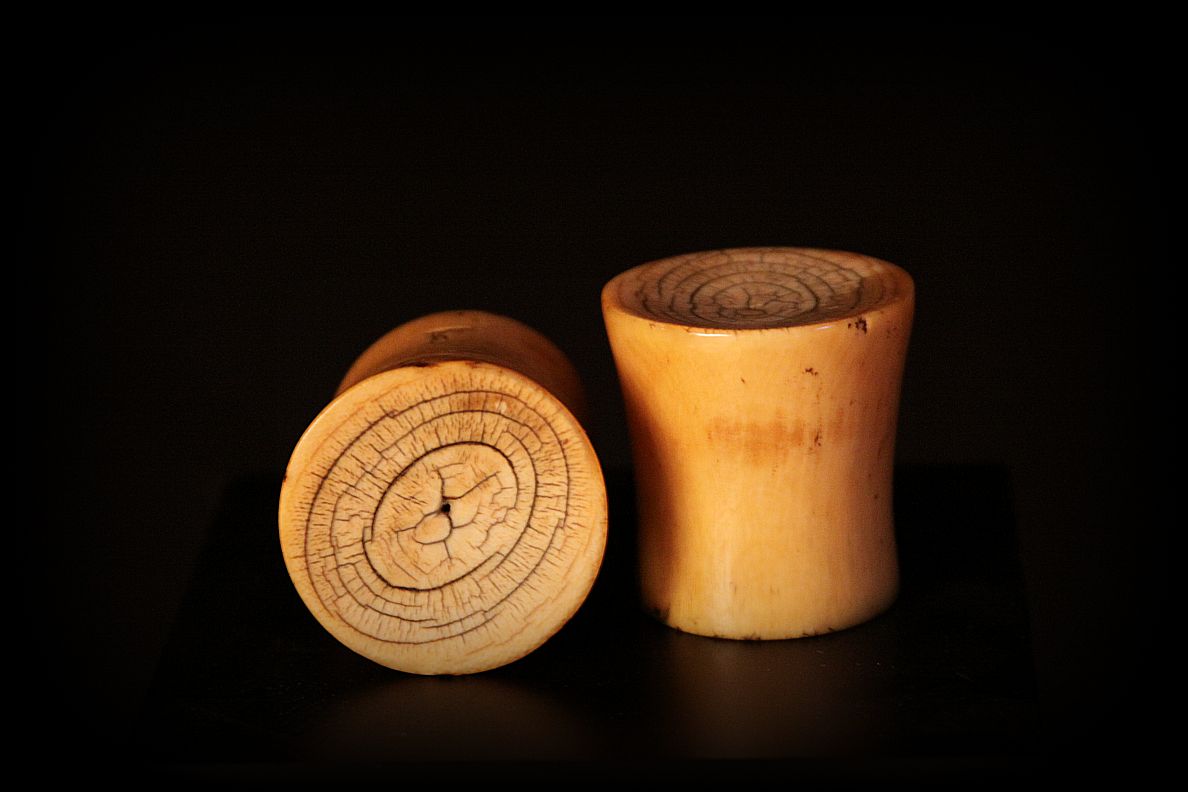
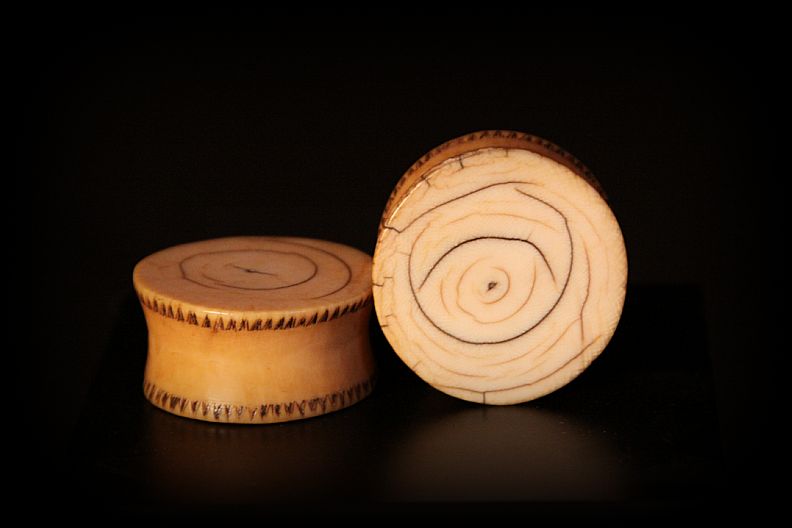
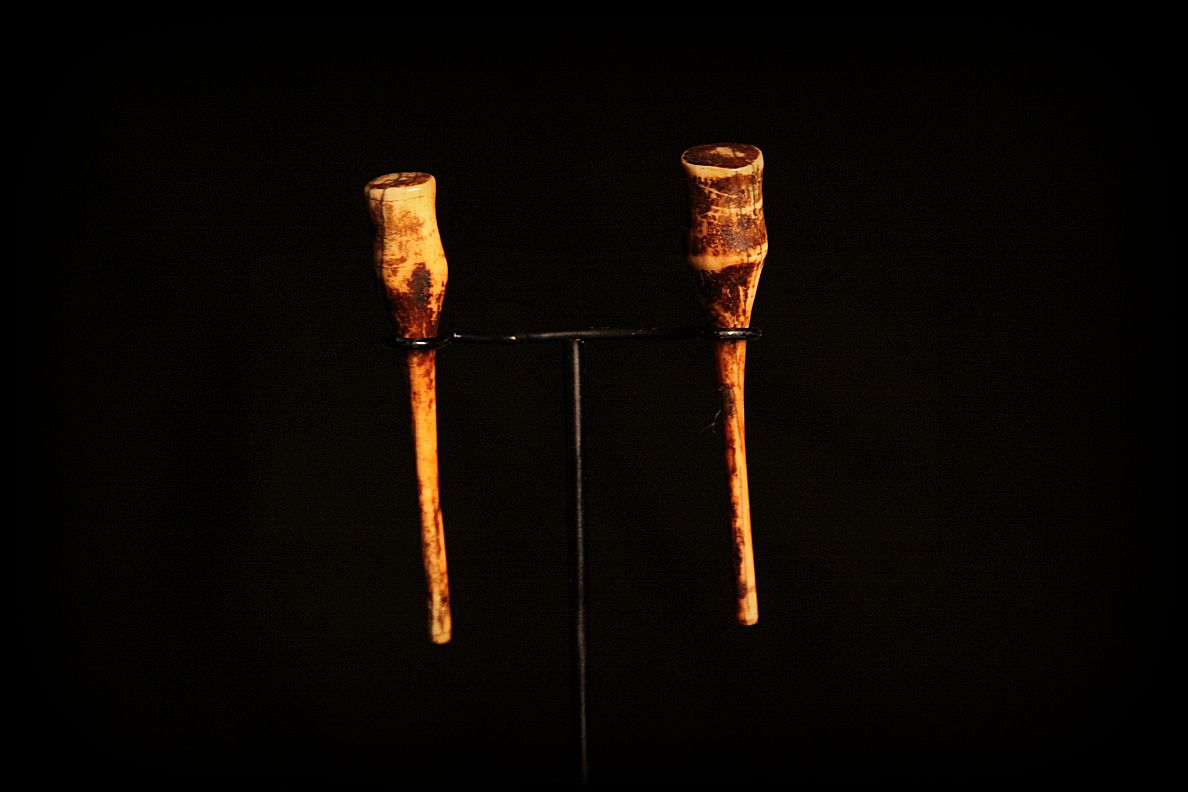
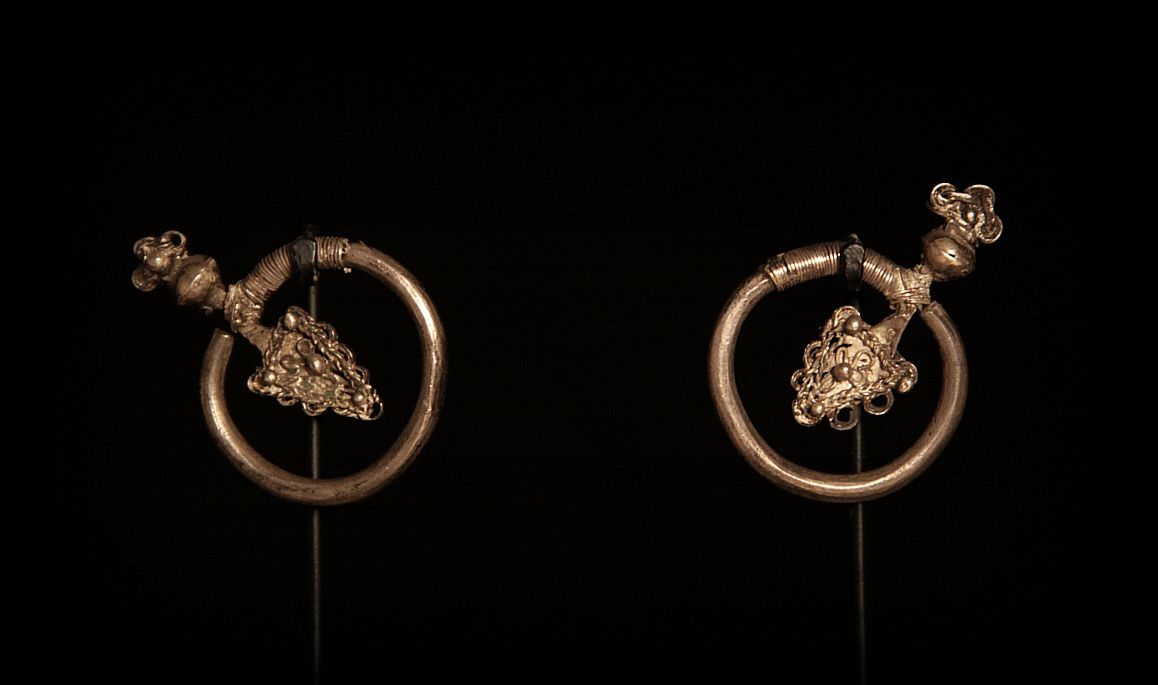
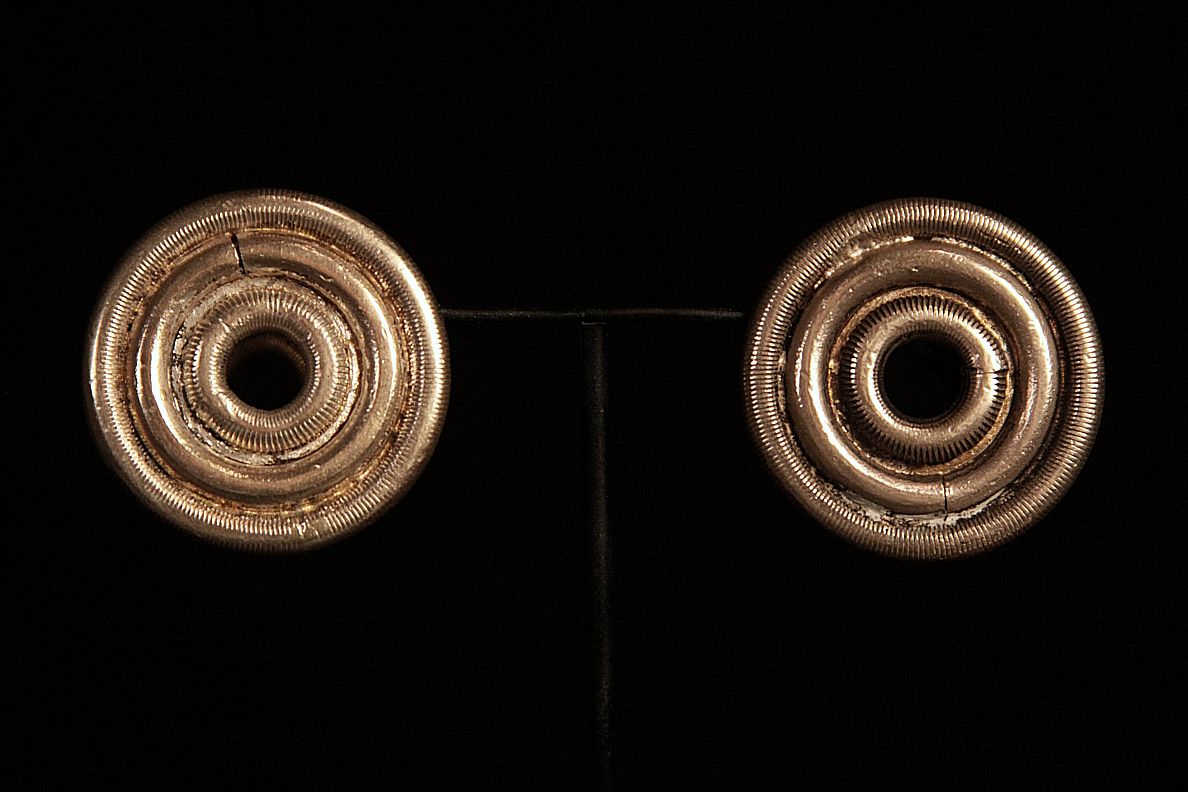

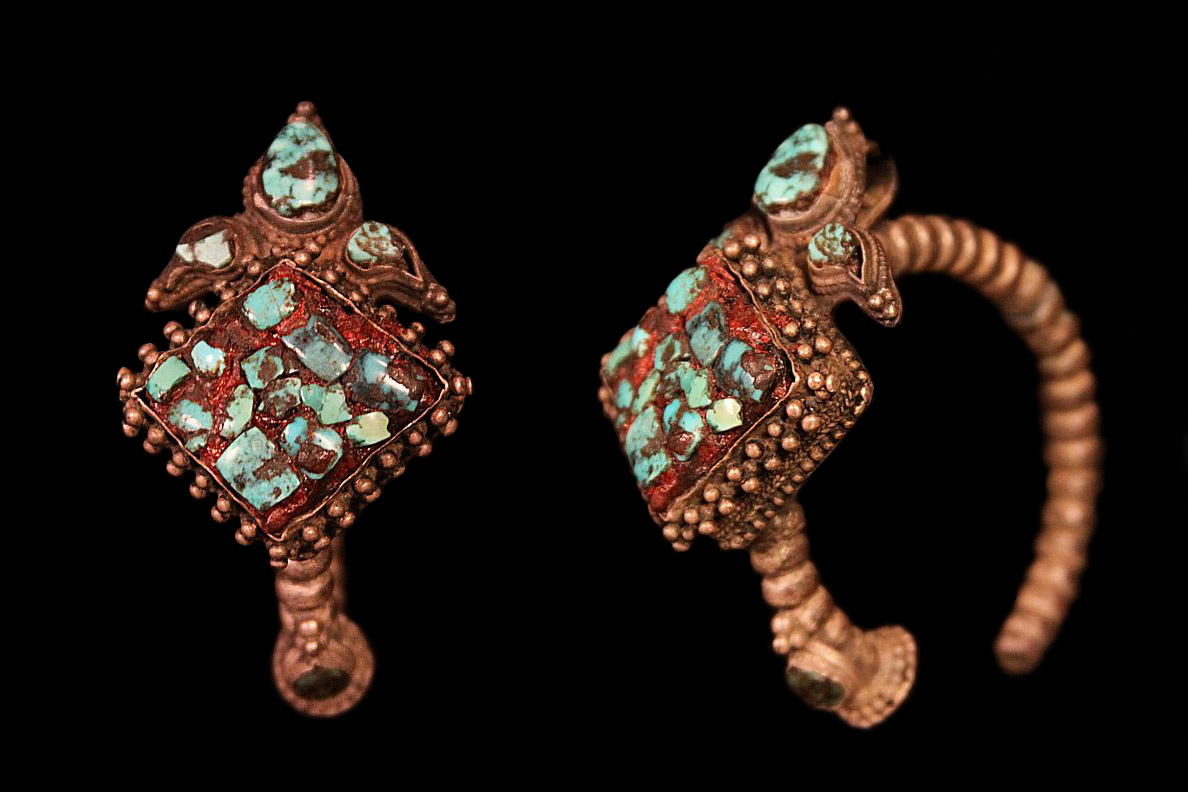
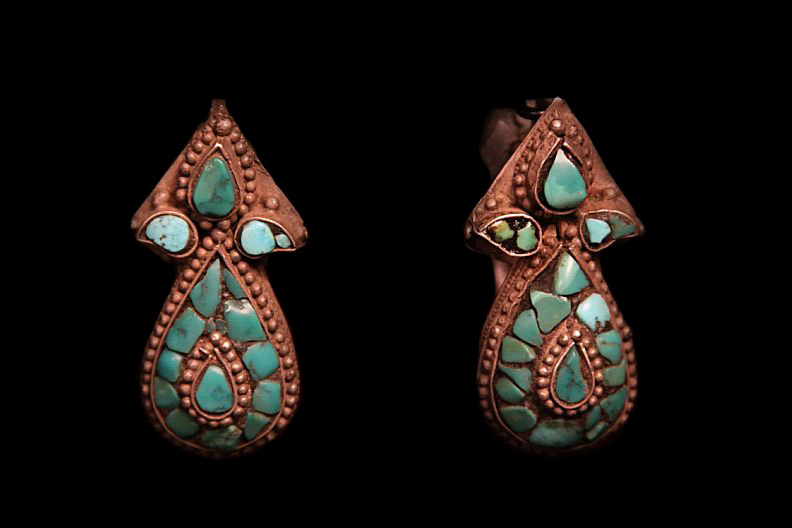
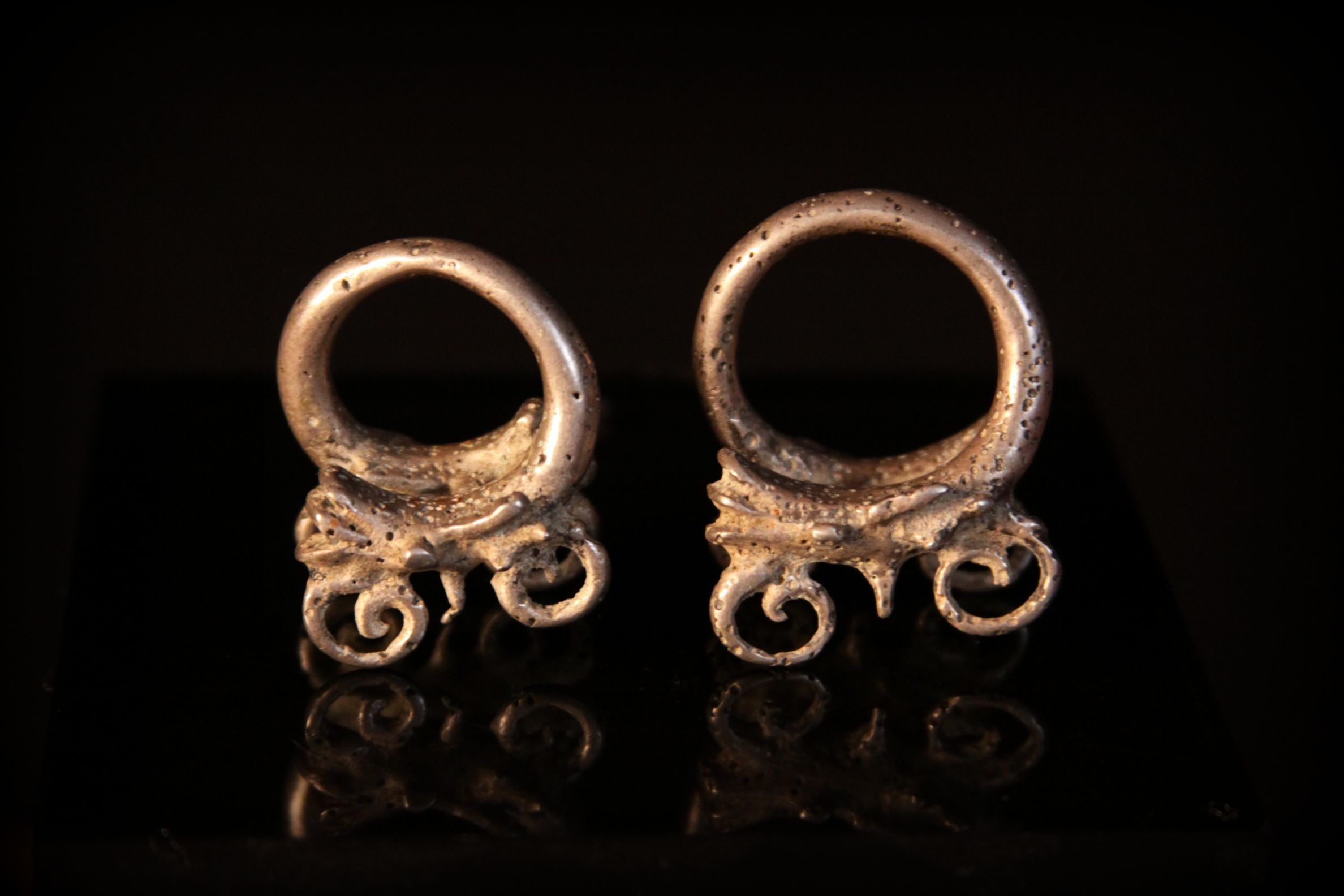
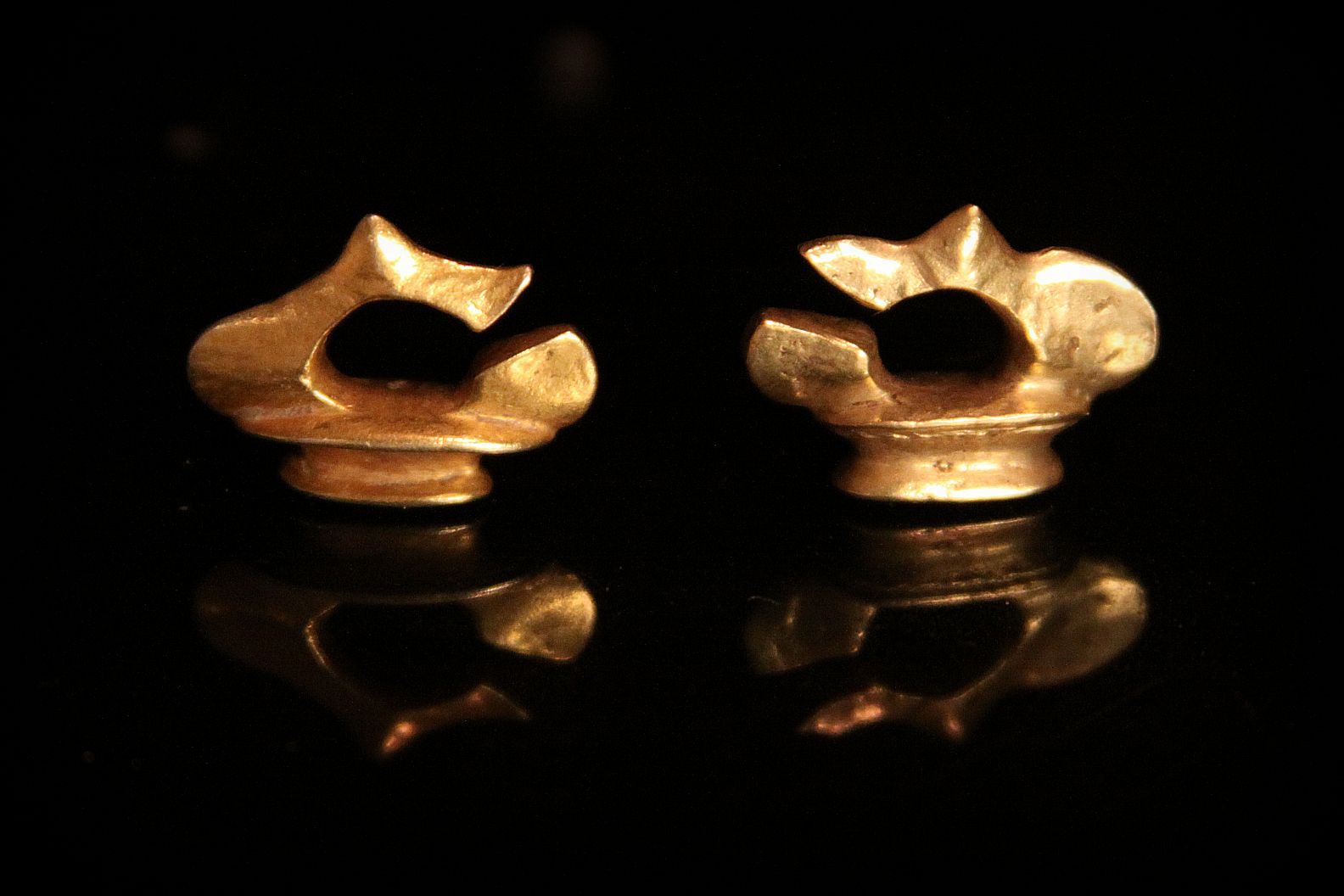
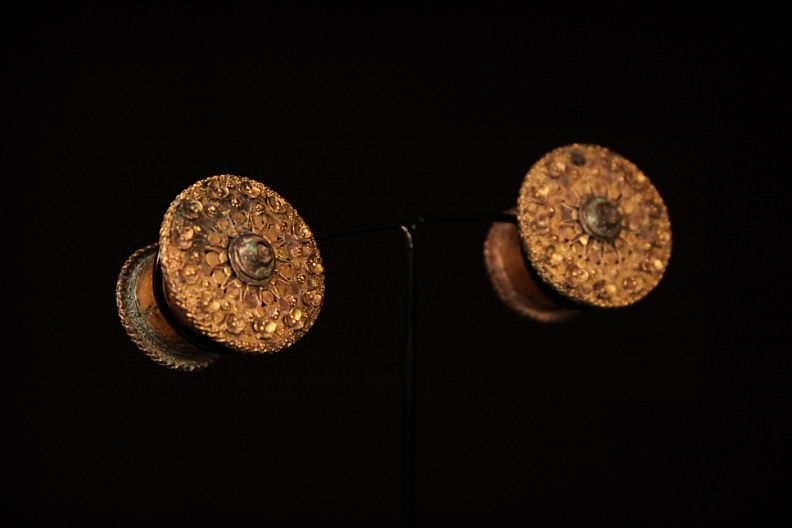
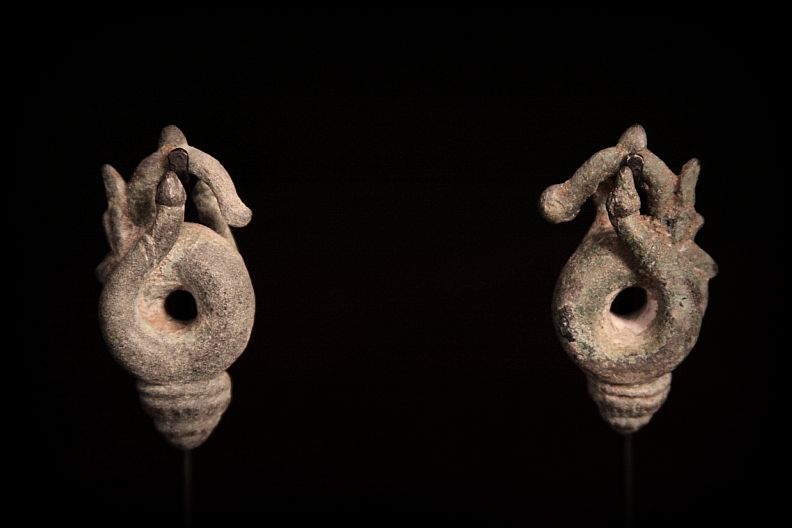
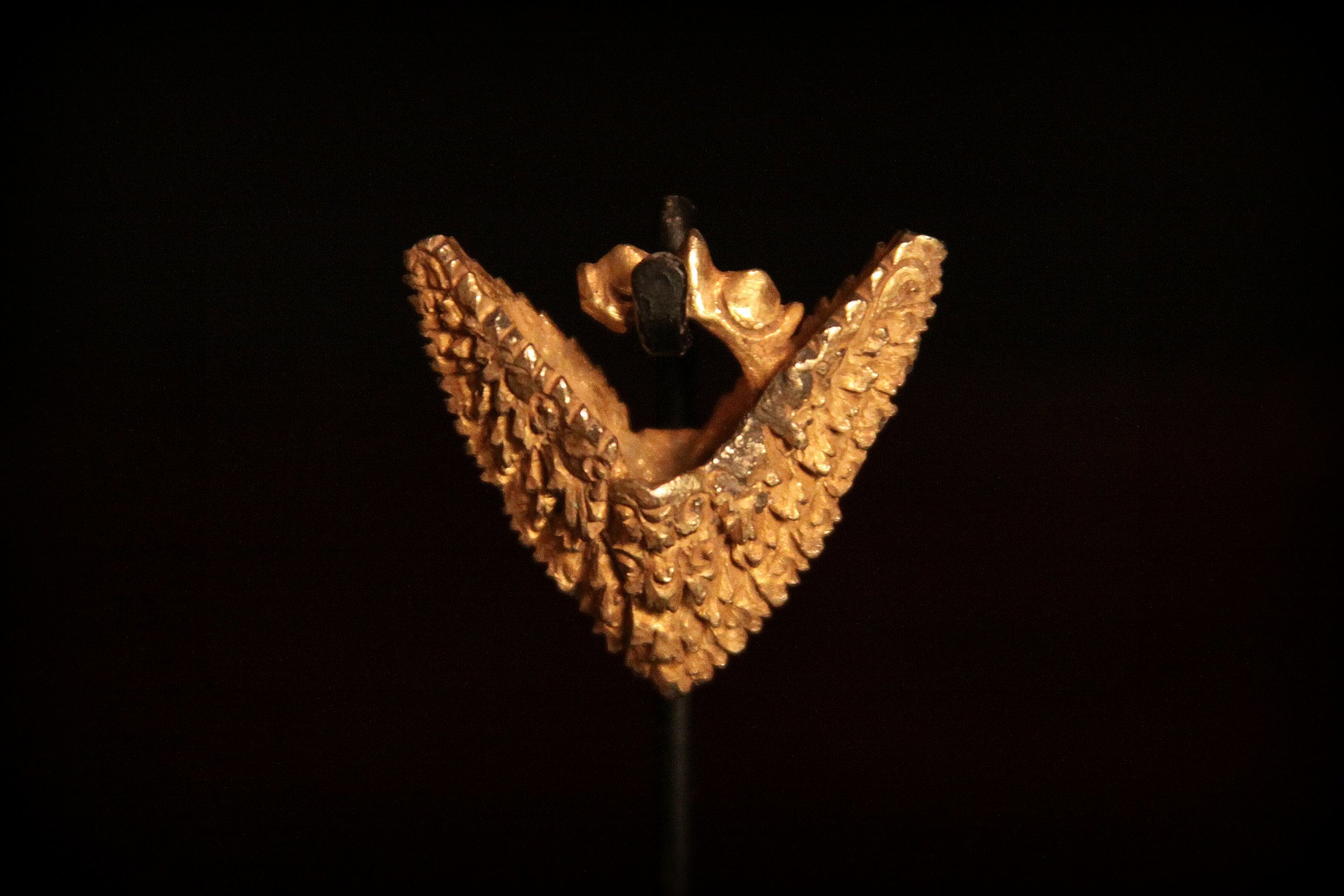
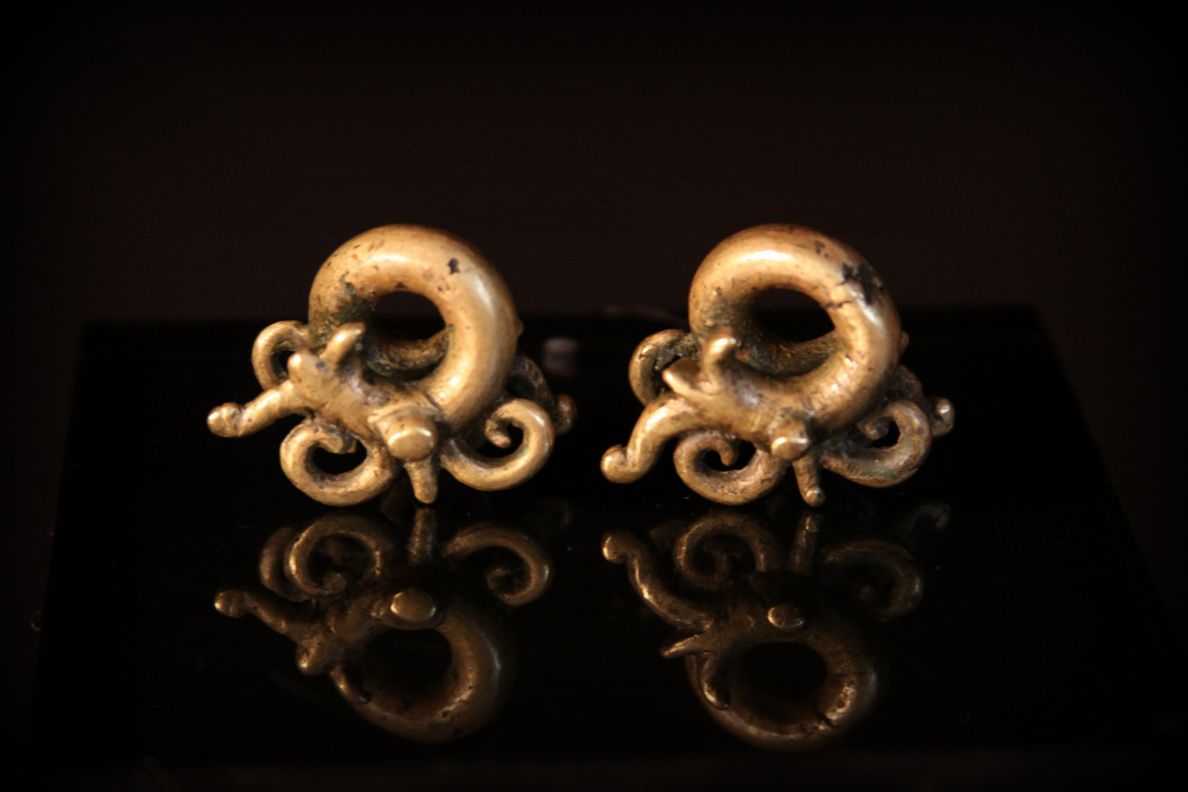
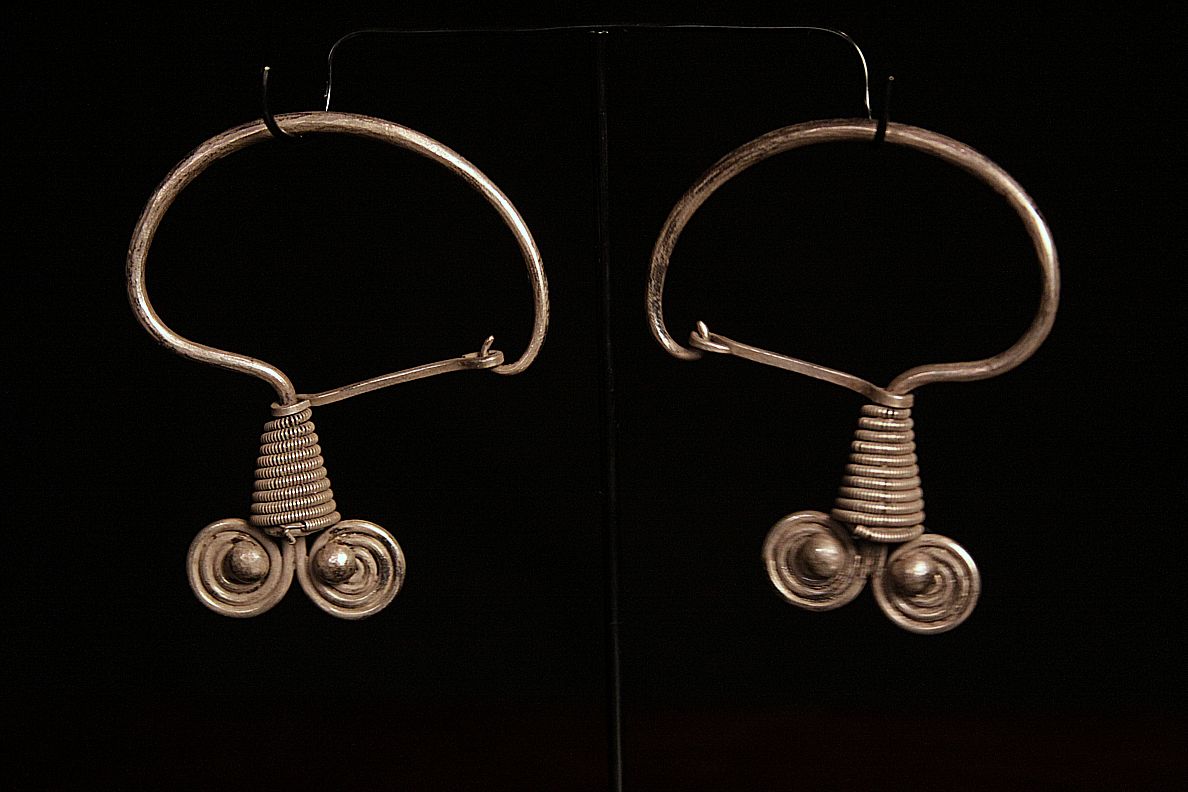
ASIAN TRIBES BY REGION
Indonesia
Greater Sunda Islands
Burma
Cambodia
Thailand
China
Nepal | Tibet
Philipines
Malaysia
Riua Islands
Early 20th Century Ceremonial Iban Ikat
Origin: Sarawak, Borneo
O C E A N I C I S LA N D S

O C E A N I C I S L A N D S
Probably at first more by accident than design, the islands of the south Pacific were reached by people sailing or drifting from southeast Asia. In around 1300 BC seafarers make the longest step so far in this process and reach Fiji, a group of islands intermediate between Melanesia and Polynesia. The Pacific islanders develop a twin-hulled sailing canoe which is an extremely effective sea-going vessel. In boats of this kind they continue the process of spreading eastwards through Polynesia (Greek polus many, nesosisland).
The earliest surviving trace of human occupation in these islands is about 420 BC in Tonga and 200 BC in Samoa. But colonists are likely to have arrived considerably earlier than this, since by the 1st century BC humans have reached the much more inaccessible Marquesas Islands. The final thrust, to the most remote island groups of the Pacific, takes place from the Marquesas. Hawaii is reached in about AD 400; Easter Island perhaps a century later; Tahiti and the Society Islands in about 600.
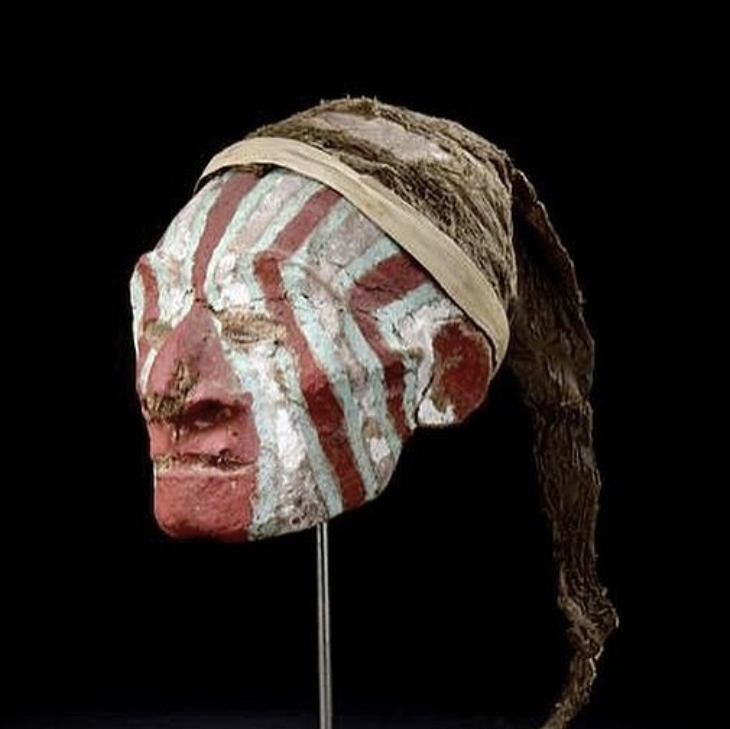
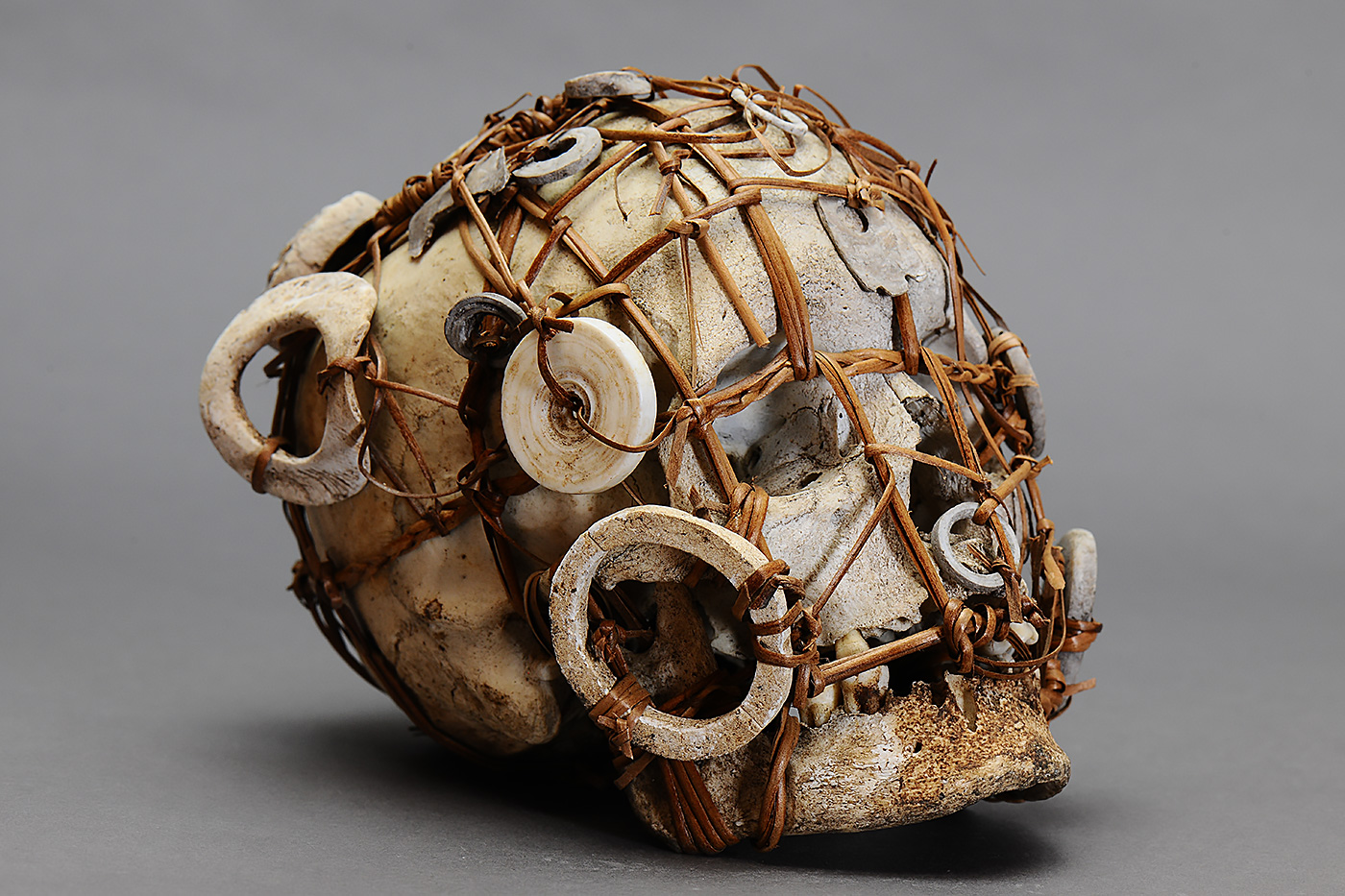
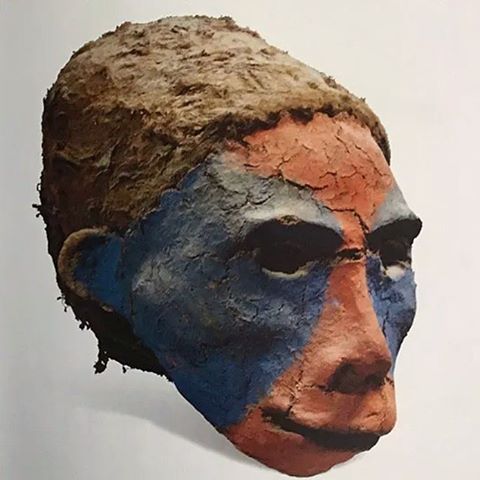
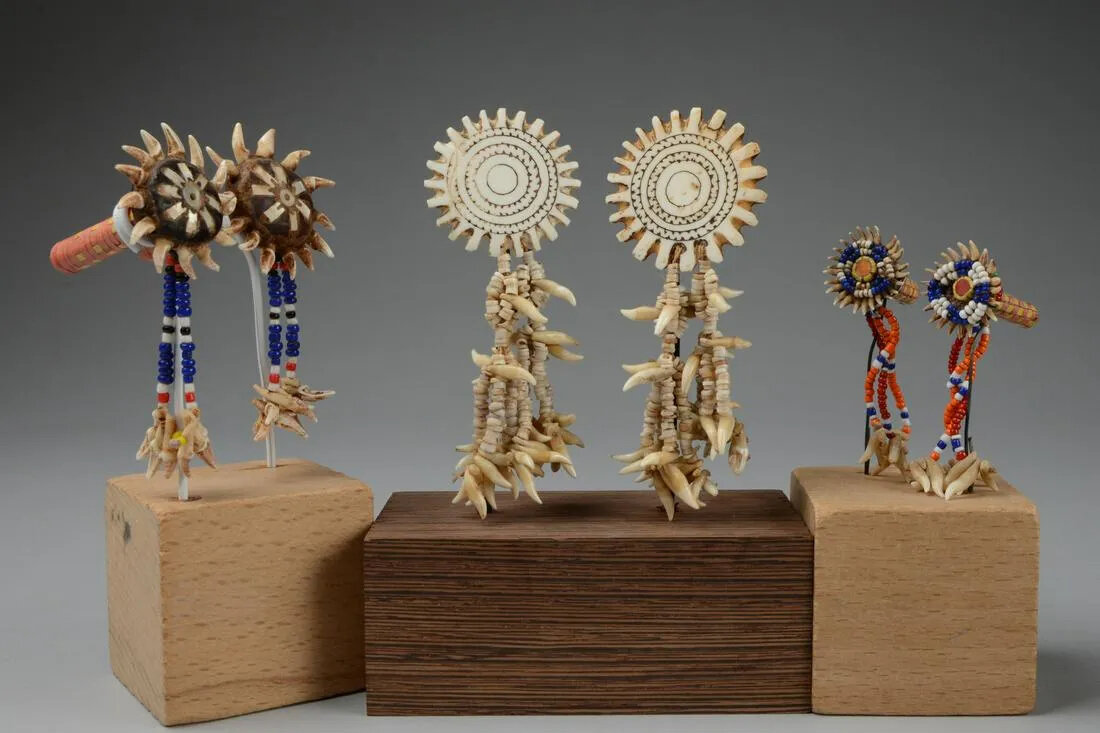
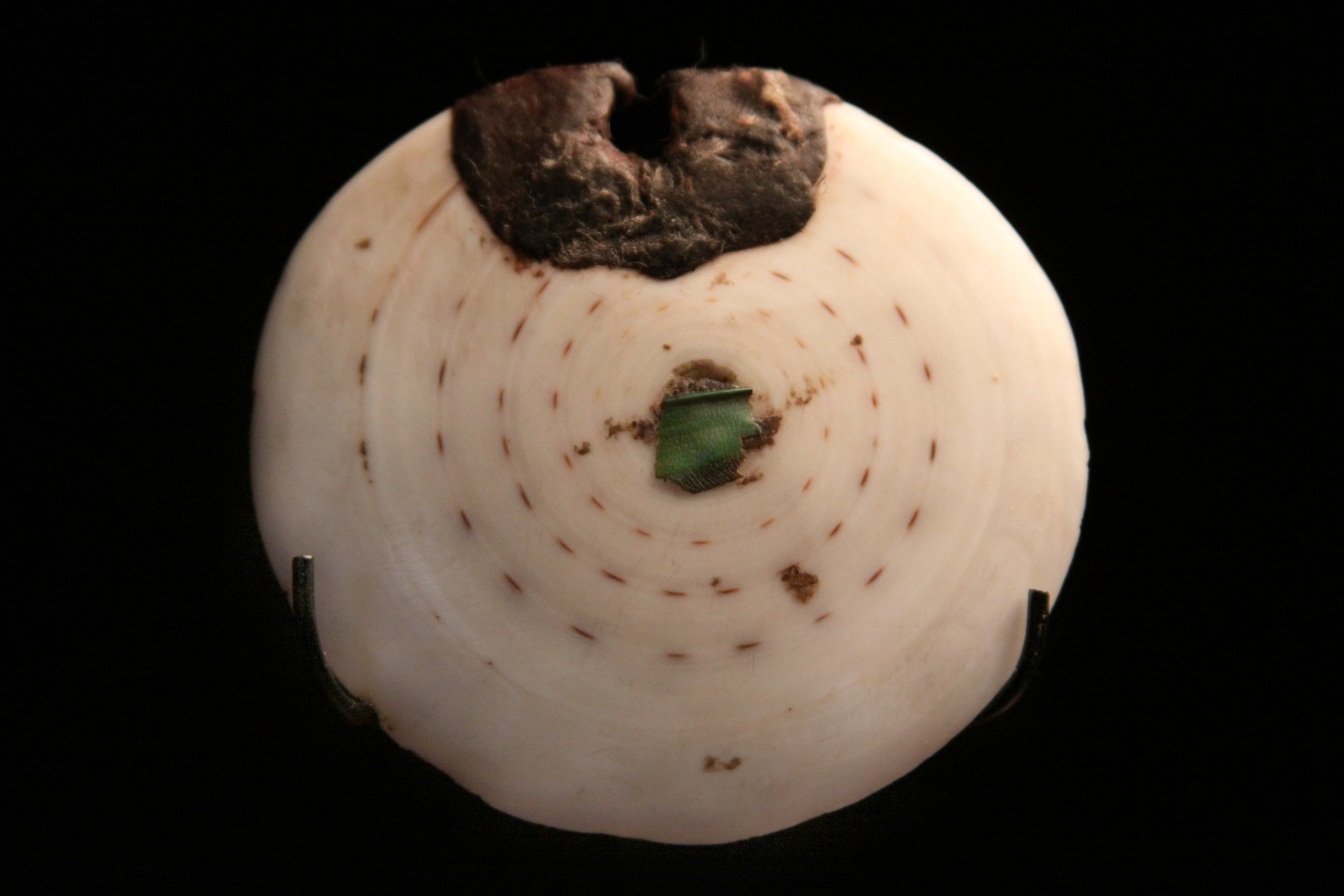
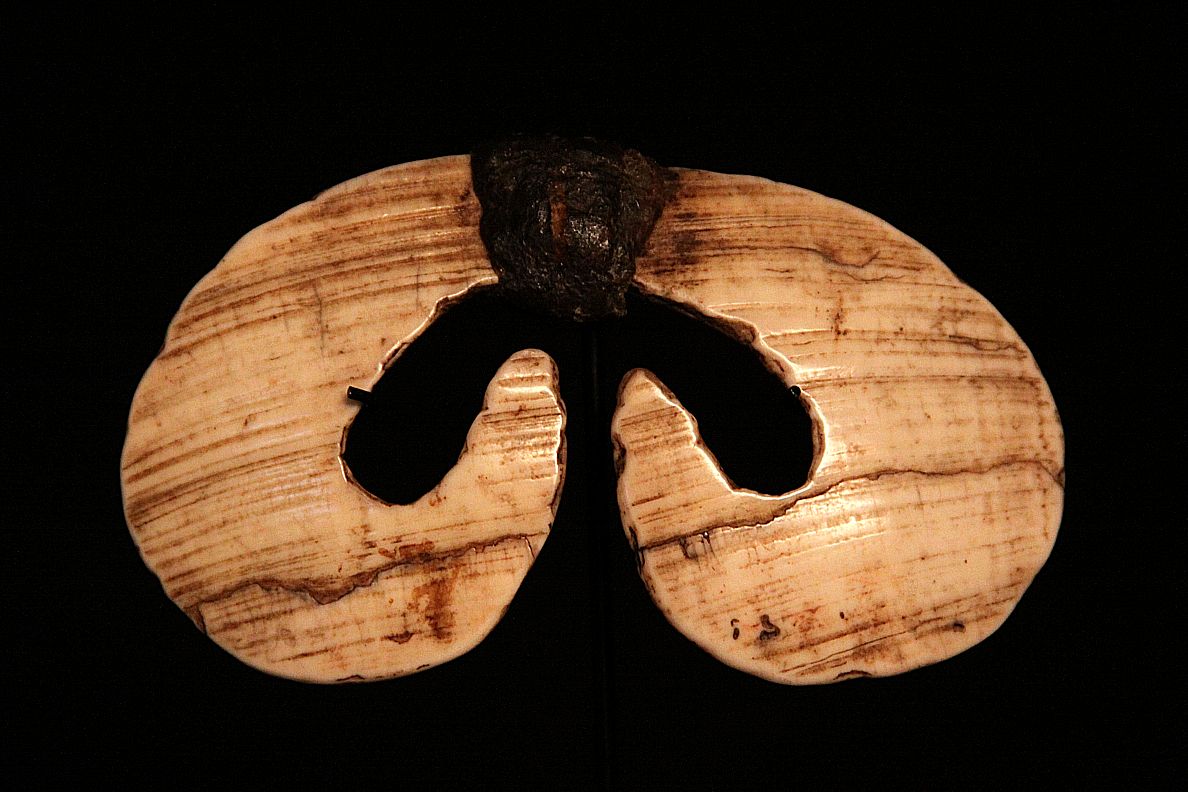
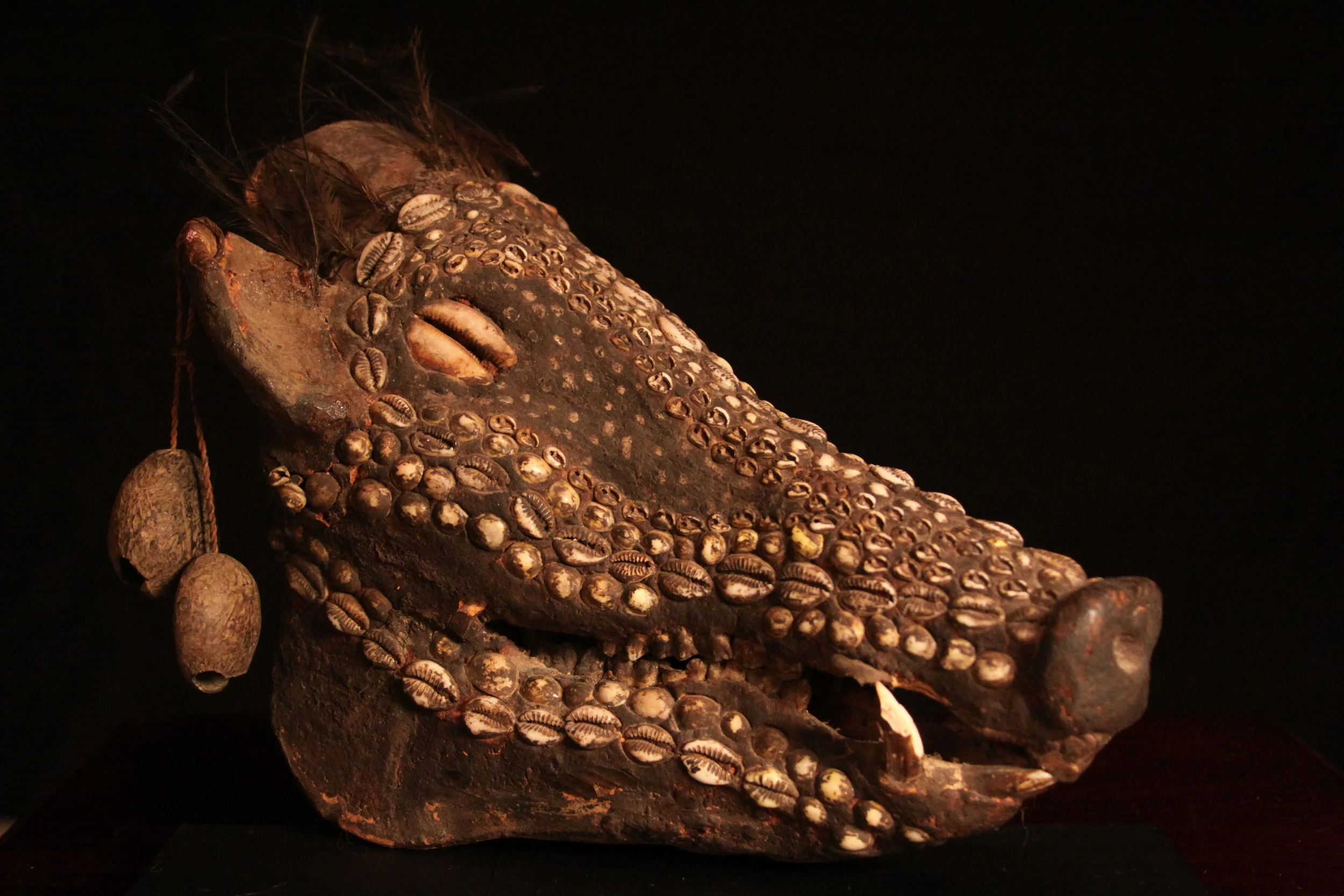
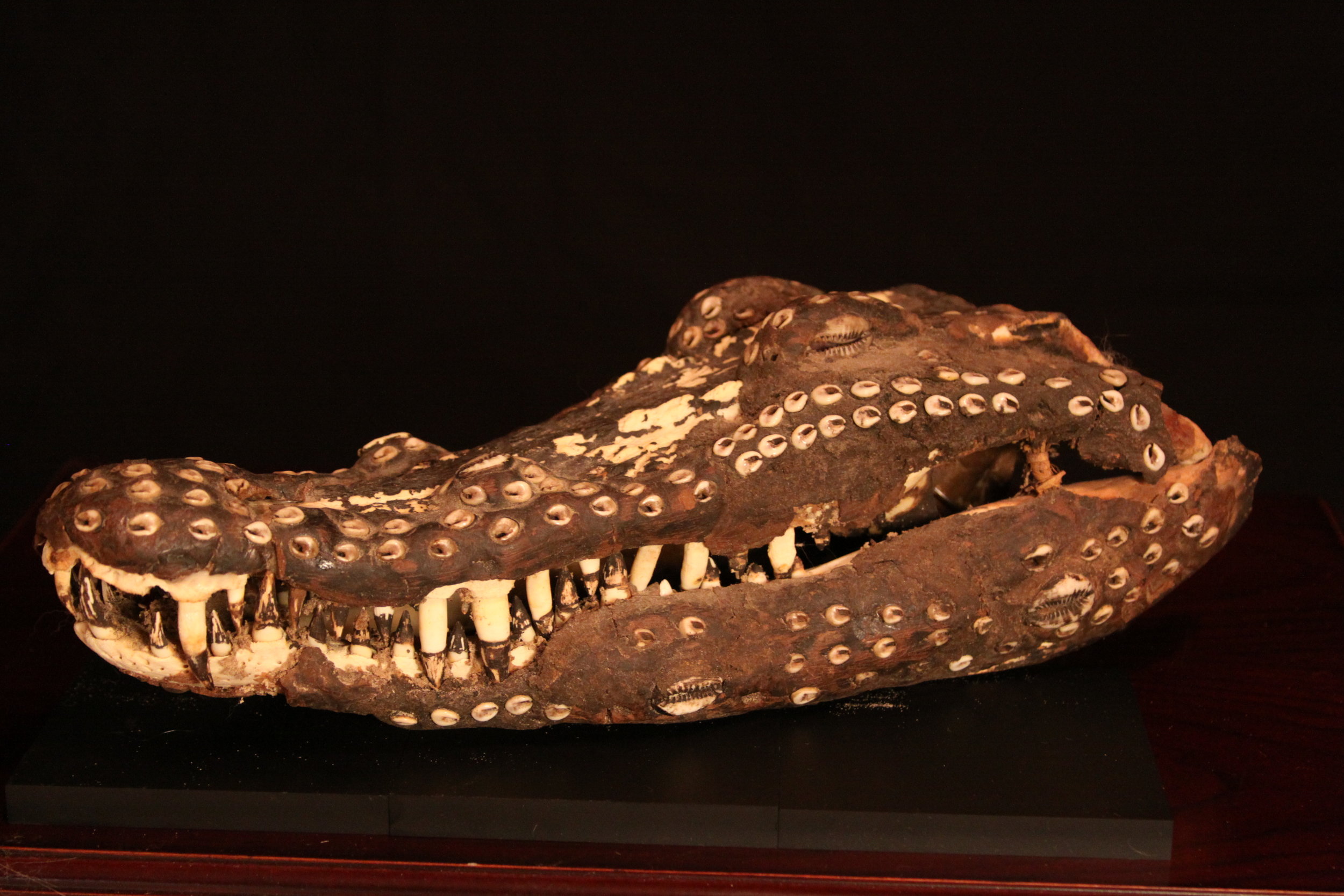
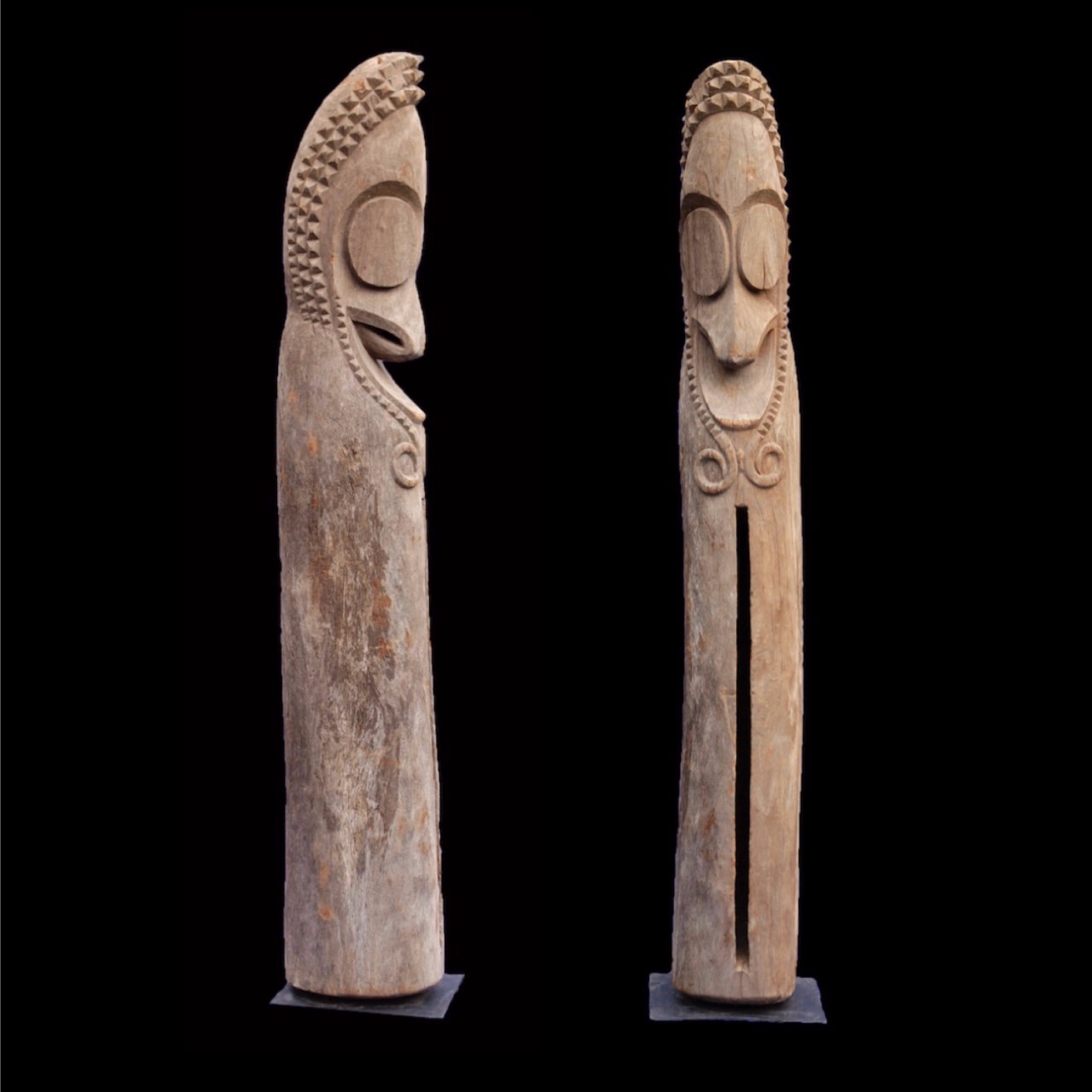

OCEANIC TRIBES BY REGION
Papua New Guinea
New Hebrides [Vanuatu]
Solomon Islands
New Georgia
New Caledonia
20th Century Overmodeled Malekula Ancestor Skull
Origin: New Hebrides [Vanuatu]
20th Century Iatmul Overmodeled Human Ancestor Skull
Origin: Papua New Guinea

